In the shift to mirrorless, one category was left behind: the budget camera. As major players focused on professional mirrorless bodies, only a small few bodies had a price tag under $800. Most of that budget category has been dominated by DSLRs. But, as brands widen the list of bodies, mirrorless cameras are creeping ever closer to the price of an entry-level DSLR. That’s the Nikon Z30. Billed as a creators’ camera made for vlogging and stills, the Z30 also sits at an enticing price point just north of $700 for the body.
Like a budget DSLR, the Z30 makes some significant sacrifices to achieve that price point. But, the Z30 also has a few perks besides price, including a tiny, lightweight body. While there are few features for advanced photographers, the Z30 serves as a solid, affordable entry into the Nikon Z system.
The Big Picture
Pros
- Super compact
- Affordable
- Comfortable grip
- Dual control wheels
- Eye AF
- Excellent noise reduction at high ISOs
- Simpler menus and dials
- Finally, weather sealing in a budget camera!
- The build feels great and less plasticky than other budget cameras.
Cons
- No viewfinder
- No in-body stabilization
- Slower autofocus performance
- Shutter speed tops out at 1/4000
- 300 shot battery life
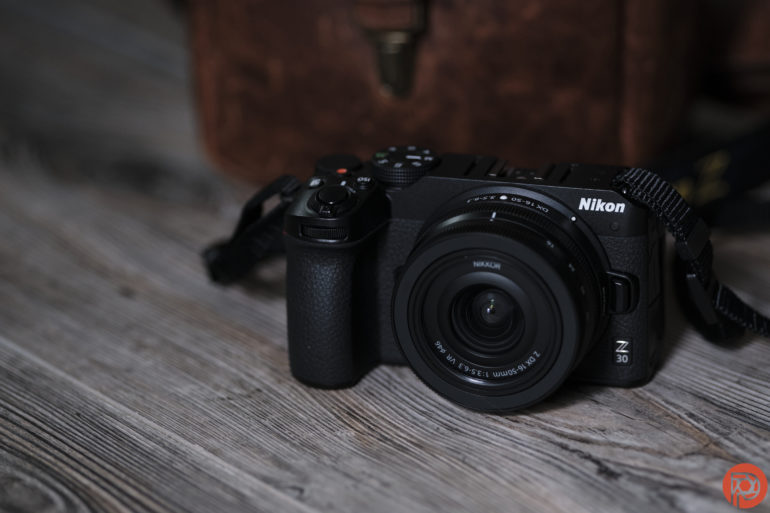
The Nikon Z30 is so small it resembles an oversized point-and-shoot camera. Compact size, $709 price point, and excellent image quality in low light are three strong reasons to consider this camera. It also has some weather sealing and doesn’t feel as plastic-fantastic as other budget models. It has a wealth of features for vlogging and video, but doesn’t slack when it comes to stills. Images from the Z30 are great for this price point. In particular, images in low light are quite impressive. The controls and menus are newbie-friendly, and the grip will make even DSLR die-hards happy.
However, the Nikon Z30 skips several features to keep the size and price low. It lacks a viewfinder and image stabilization: the latter being difficult to find on competing budget cameras as well. Autofocus on the Z30 isn’t bad, but Sony’s a6100 does better. The battery life is also on the low end.
Overall, I think the Nikon Z30 is an affordable option for travel, beginners, and vlogging. But, there are better options for photographing fast action. And, you’re probably going to want to buy a second battery.

I’m giving the Nikon Z30 four out of five stars. Want one? Check them out on Amazon for the latest prices.
Gear Used
I used the Nikon Z30 with the kit lens, the Nikkor Z DX 16-50mm f3.5-6.3 VR. Both the camera and lens are on temporary loan from Nikon.
Innovations
The Nikon Z30 is more of a trickle-down budget camera than a piece of innovative engineering. There’s nothing about it Nikon’s previous Z series couldn’t achieve, except that $710 price point and the tiny 12.4-ounce body. But it does have some weather-sealing, and few cameras at this price point can say the same thing.
Ergonomics
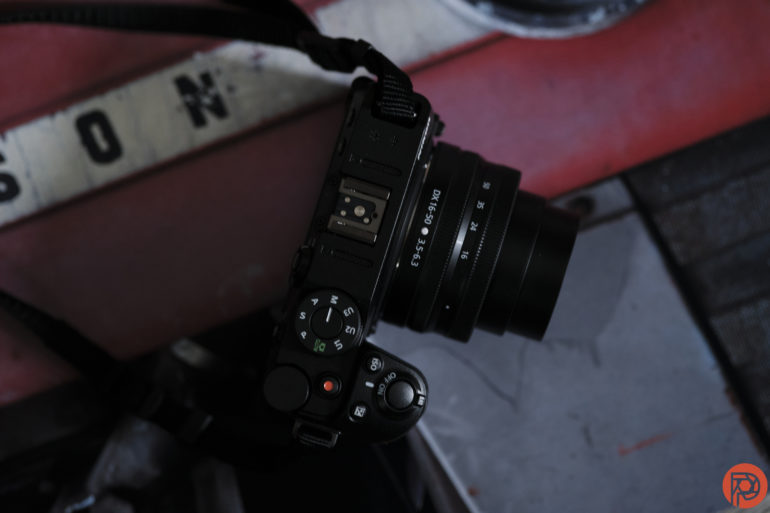
With its tiny kit lens, the Nikon Z30 feels more like an oversized point-and-shoot than a mirrorless camera. At 12.4 ounces and just 2.4 inches deep, I can easily see the Z30 and kit lens as an alternative to an advanced point-and-shoot. Photographers need more options for heavy-hitting point-and-shoots with big sensors. In their absence, the Z30 might fit the bill as well as offer an option for traveling content creators and beginners on a budget.
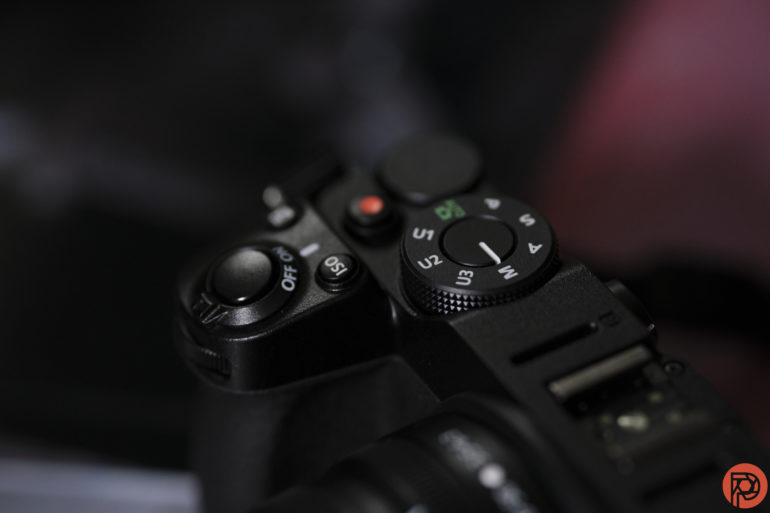
However, the small size of the Z30 makes two significant sacrifices. The first isn’t an issue for many photographers: no built-in flash. While that’s common on high-end cameras, most entry-level budget cameras still incorporate them since budget users often don’t spend more to add one to their kits. The second missing feature is more significant: this camera has no viewfinder. The Z30 shoots with only the back LCD screen, which is challenging to use in bright sun and doesn’t encourage the best grip for minimizing camera shake. If either of those two missing features bothers you, the Nikon Z50 is the better (though slightly larger and more expensive) choice.
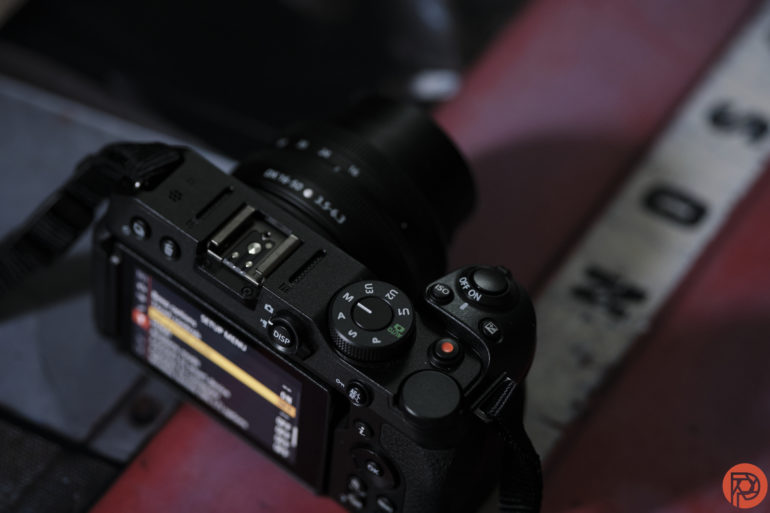
While size was the priority for the Z30 design, Nikon didn’t skimp on the grip. The grip makes the camera significantly deeper, but it’s worth it for the comfortable hold. While the rest of the body feels almost small enough to be a point-and-shoot, the grip feels more akin to a DSLR. That’s good, as the Z30 is comfortable to hold for long shoots.
While the body is small, the controls feel reminiscent of Nikon’s entry-level DSLRs. The Z30 offers both a front and back control wheel at the top of the grip. The mode dial is within easy reach of the thumb while the trigger finger can access an ISO, exposure compensation, and record buttons.
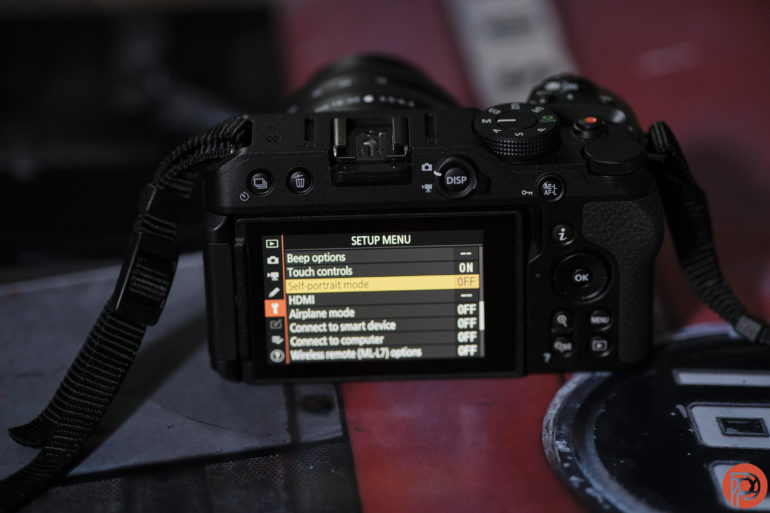
The back of the camera is dominated by a flip-out LCD, which can also face forward for selfies. Along with the menu controls, there’s a quick menu, a burst mode shortcut, and a display switch to flip from stills to video. Unfortunately, it lacks a joystick, so using modes like pinpoint autofocus is a pain. But the flippy screen is touch-enabled, so that’s another option to quickly change the focus point.
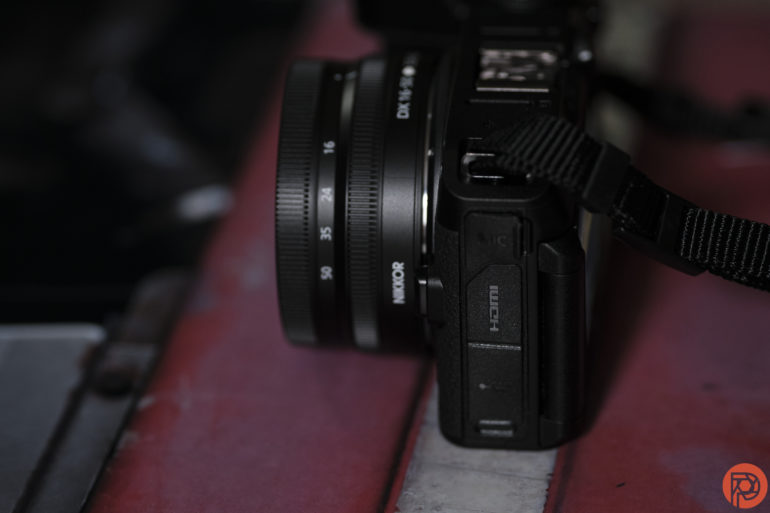
The small size limits connection options. There’s just a single SD card slot that sits right with the battery. For ports, there’s just a mic, HDMI, and USB-C. It does, however, still have a hot shoe port for adding a flash.
Build Quality
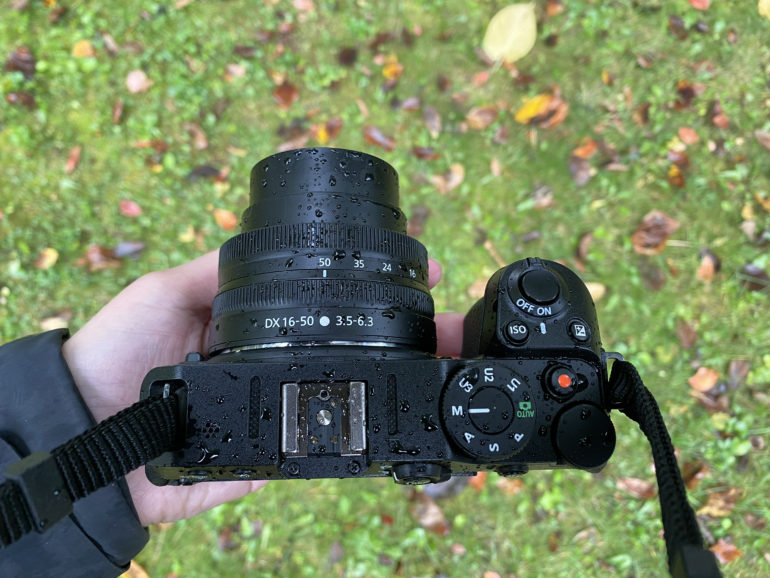
The Z30 feels really nice, considering the price point. While it doesn’t feel as great as Nikon’s high-end models, it doesn’t feel as plasticky as cameras like the D3500. It has a textured wrap around the middle that couples nicely with the larger grip. The screen and dials feel well built and not flimsy. The Z30 doesn’t feel like a cheap camera at all.
Much of the reason the Z30 feels nicer than other budget cameras is that it actually has weather sealing. Its weather sealing isn’t supposed to be as thorough as what’s inside the Z7 II and Z6 II. But, I took it out in light rain, and it did just fine. It’s only lightly sealed, so if you take it in heavy rain, grab an umbrella or a camera poncho. The weather sealing will also help keep the sensor cleaner if you pair it with sealed lenses. I didn’t see any debris on the sensor during the course of my review.
Focusing
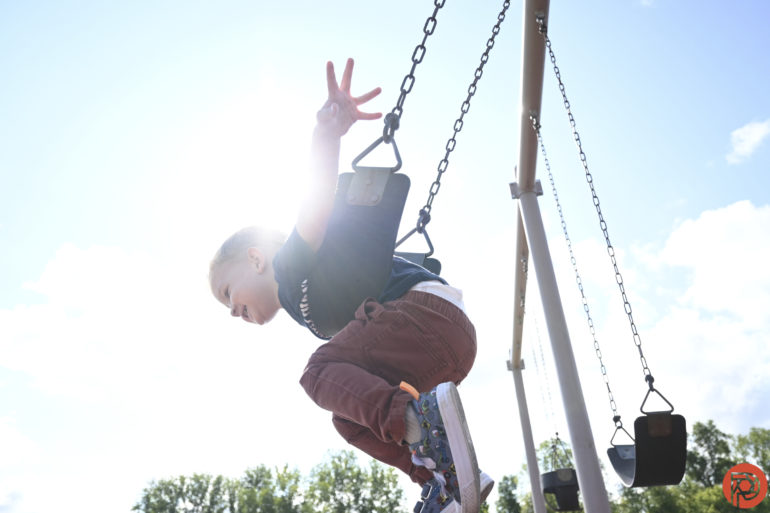
As Nikon’s most affordable mirrorless camera to date, the Z30 isn’t designed for the toughest subjects. But, while it’s not an action camera, it’s not awful. Photographing my dog running towards the camera, I captured a few sharp shots before focus dropped off as he got too close. Considering the camera tops out at 11 fps burst speeds, most of the shots were focused. The focus system is okay, but it doesn’t perform as quickly as the similarly priced Sony a6100.
Eye AF is built in, and it focuses on the face when the eyes aren’t large enough. Again, there’s some misses here, particularly with subjects that won’t sit still, (ie – toddlers). But I got the shot above using Face AF and, although there were several misses, the system worked on the quick movement of the swings impressively.
In the dark, the Z30 has a more limited autofocus range. The screen will flash a brighter exposure as the autofocus system works, then returns to the user set exposure before shooting. There’s a low light autofocus mode built-in, and I like that the camera automatically switches to that mode if the lighting is too dim, so you don’t have to constantly turn it on and off. The Z30 can lock focus in pretty limited lighting, but it does take some time. In short, this camera will photograph low light and action, but not both at the same time. It will do just fine taking overhead food shots in a dim bar. But, it will struggle to capture the dance floor in the same bar.
Ease of Use
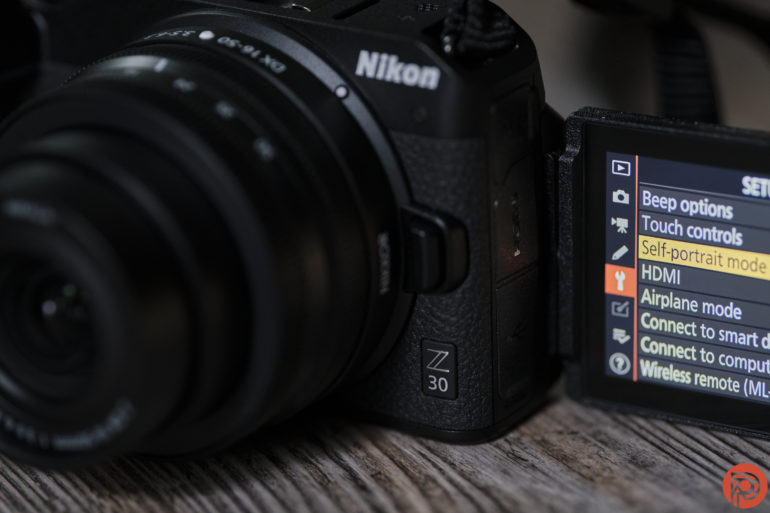
Budget cameras are often beginner’s cameras, and the Z30 is no exception. There’s a big green auto mode on the mode dial, and the controls are much simpler than high-end models. The touchscreen will feel familiar to smartphone photographers. In fact, without the viewfinder, the shooting experience feels a bit like a smartphone, only with much better ergonomics.
I think Nikon’s menu system is a more straightforward than other brands (cough, cough, Sony). There’s a question mark button that, in the camera menu, explains what many of the options do. And it’s all organized fairly well.
One thing that would make this camera easier to use is in-body stabilization. You can get it in some lenses, including the kit lens, but I wasn’t able to handhold the Z30 as slow as I could with in-body stabilization. Plus, holding a camera with a viewfinder pulled up to your face is typically a steadier grip than holding the camera away from your body and using the screen. Without a viewfinder, it’s more challenging to get a good steady hold. That said, other cameras at this price point also don’t have stabilization, so it’s hard to hold it against the Z30.
Metering
Exposure on the Z30 felt fairly accurate. If the camera erred, photos tended to be too dark rather than too light, which is great because darker photos are easier to fix in post. To clarify, the Phoblographer’s metering tests work according to Sunny 16.
Image Quality

While the Nikon Z30 may be small and affordable, the images are impressive. It’s equipped with a 20-megapixel APS-C sensor. Colors are vibrant, though occasionally skew too green. Even at high ISOs, the images don’t look like they were shot from a cheap camera. However, the kit lens does occasionally cheapen the images.
JPEG Quality
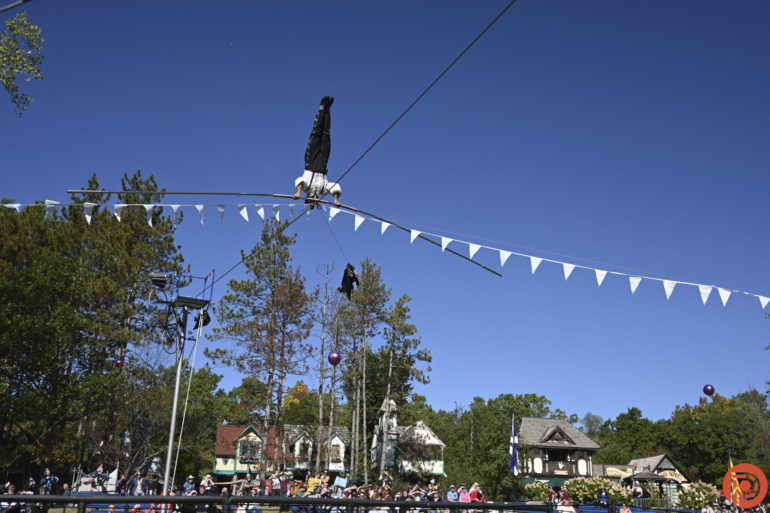
Straight from the camera, JPEGs look solid. The colors are good, though follow other Nikon cameras in the tendency to skew too green at times. The 20-megapixel sensor isn’t as detailed as some of Nikon’s pricier cameras, but the photos look nice for a $700 camera. The kit lens isn’t as sharp as some of Nikon’s other Z mount optics, but again, considering the size and price, it’s not bad. The photos certainly don’t look like they were shot with a budget camera.
High ISO Output
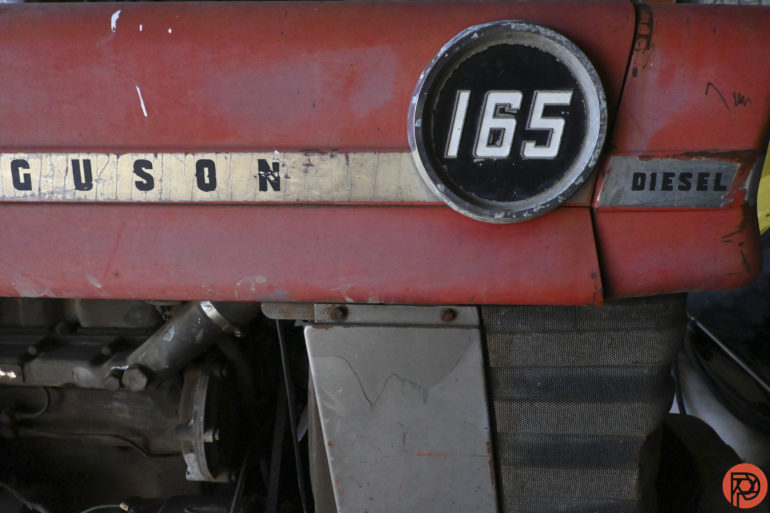
High ISO is where the Z30 really struts its stuff. I printed a photo shot at ISO 12800 in a 13×19, and I had to look very closely if I wanted to spot grain. While there’s a minor loss of sharpness as ISO increases, I wouldn’t hesitate to print another high ISO image that big. That’s pretty incredible for a budget camera. And, without in-body stabilization and with just the basic kit lens, those higher ISOs will be needed more often.
RAW File Versatility
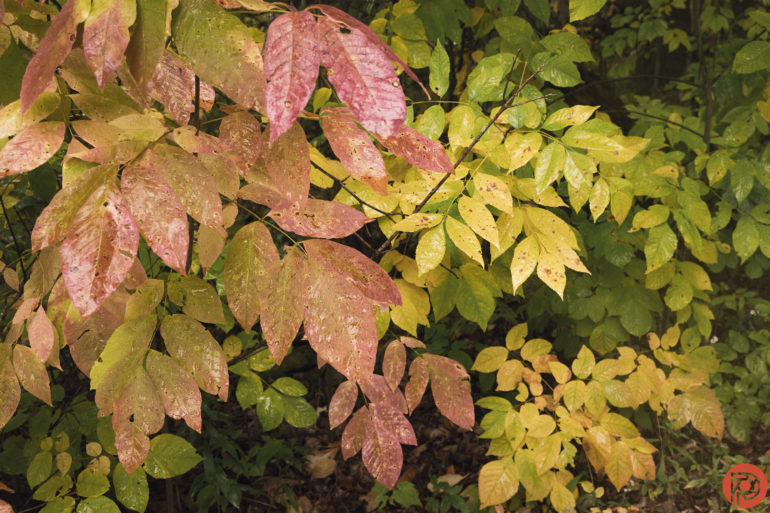
RAW files leave a bit of room to fix mistakes in post. I could recover some of the highlights on shots overexposed by about two stops, but more extreme hot spots can’t be recovered. Working with the RAW files, I could tell that I didn’t have the dynamic range of a full-frame camera’s output. But, the Z30’s RAW files have room to play with exposure, white balance, and colors.
Extra Image Samples
From day one, The Phoblographer has been huge on transparency with our audience. Nothing from this review is sponsored. Further, lots of folks will post reviews and show lots of editing in the photos. The problem then becomes that anyone and everyone can do the same thing. They’re not showing what the product can do. So we have a section in our Extra Image Samples area to show edited and unedited photos. From this, you can make a decision for yourself.
Unedited
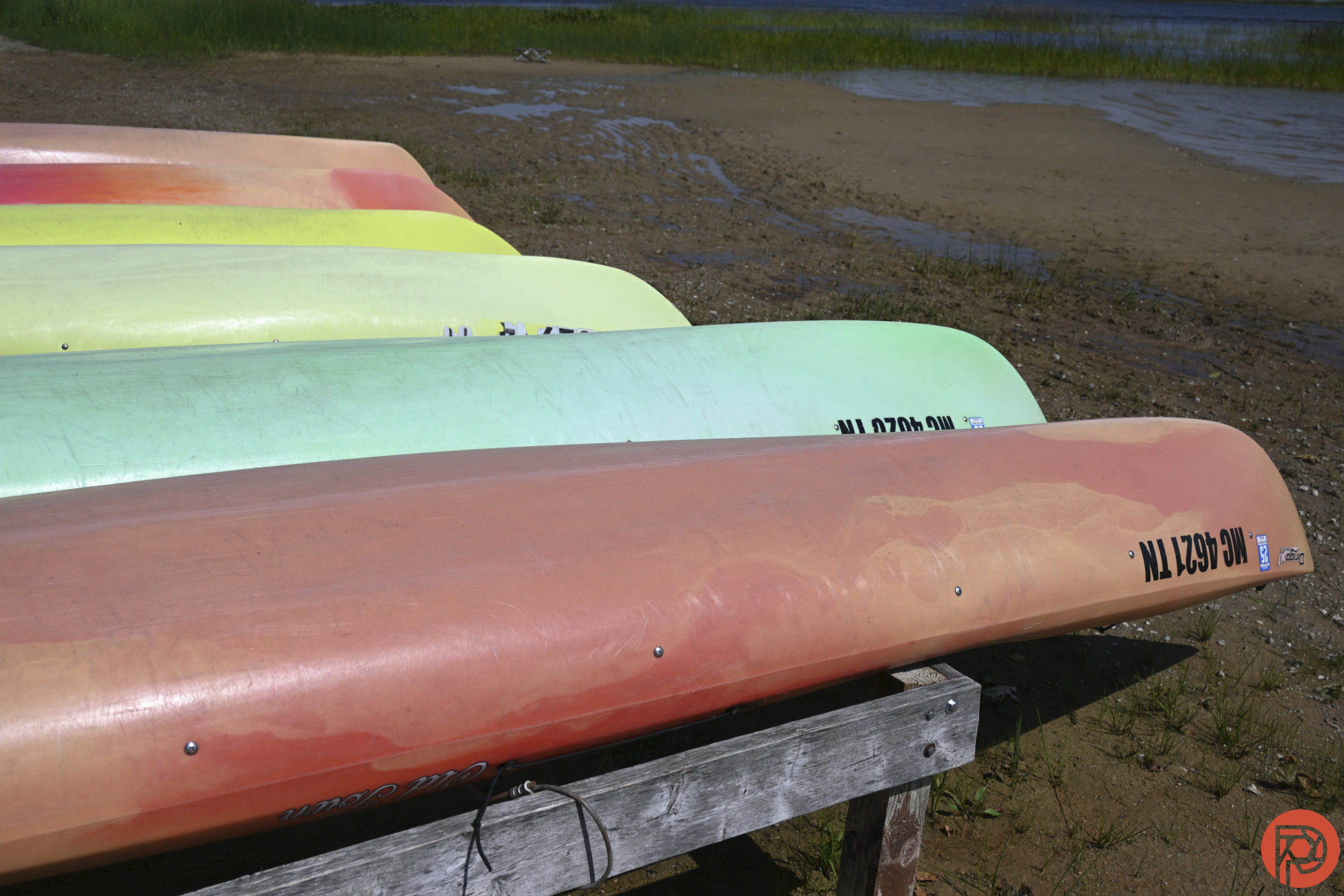
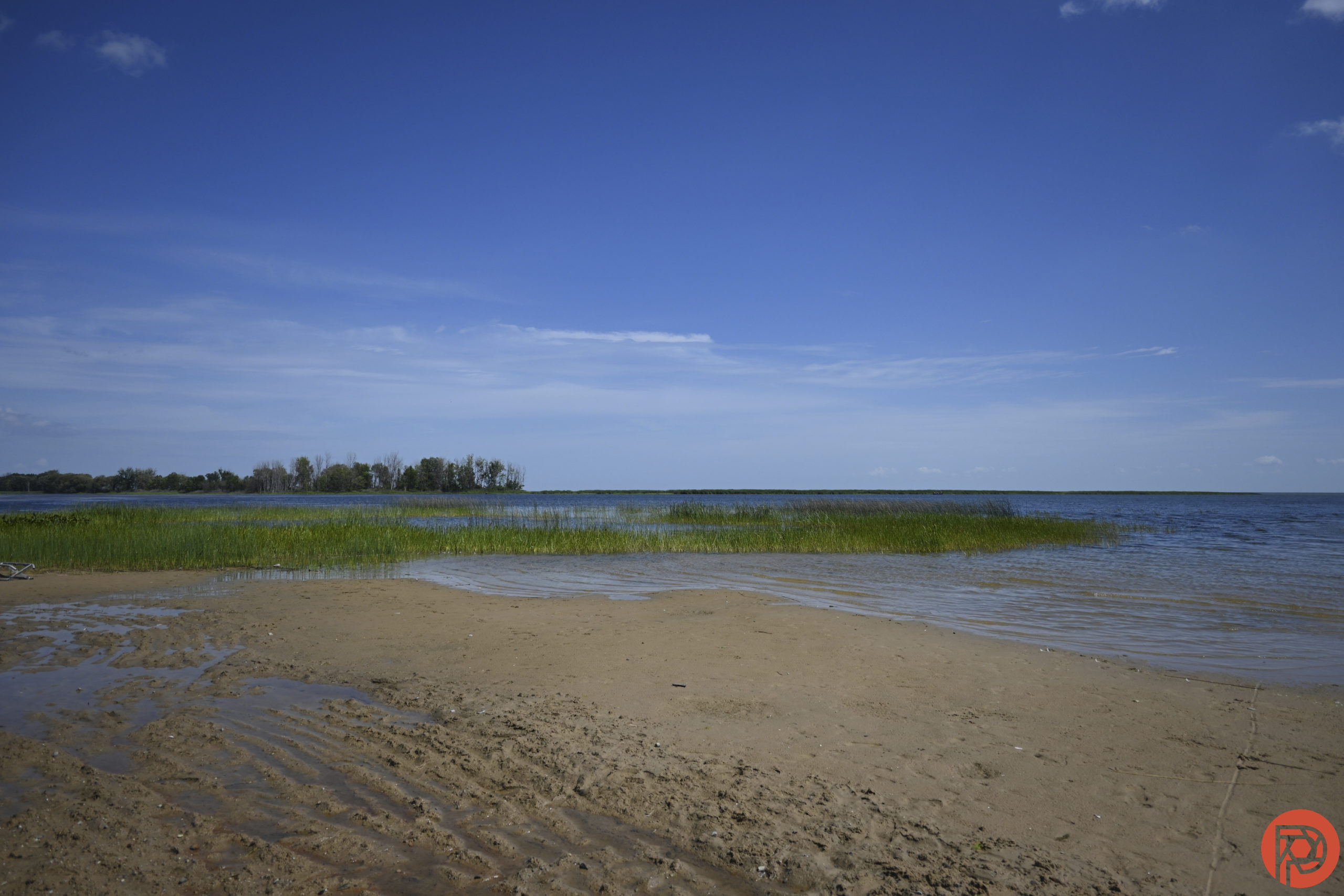
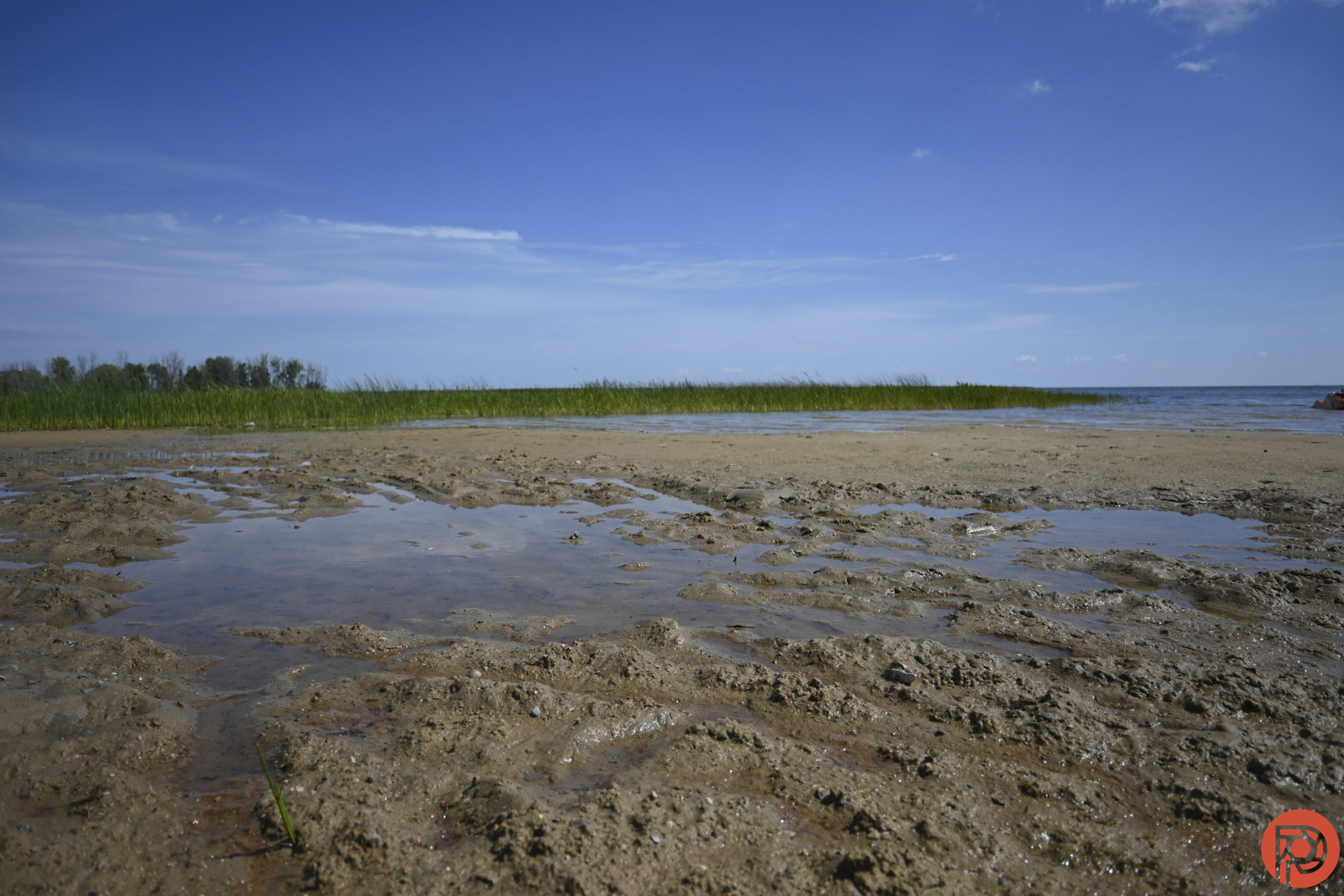
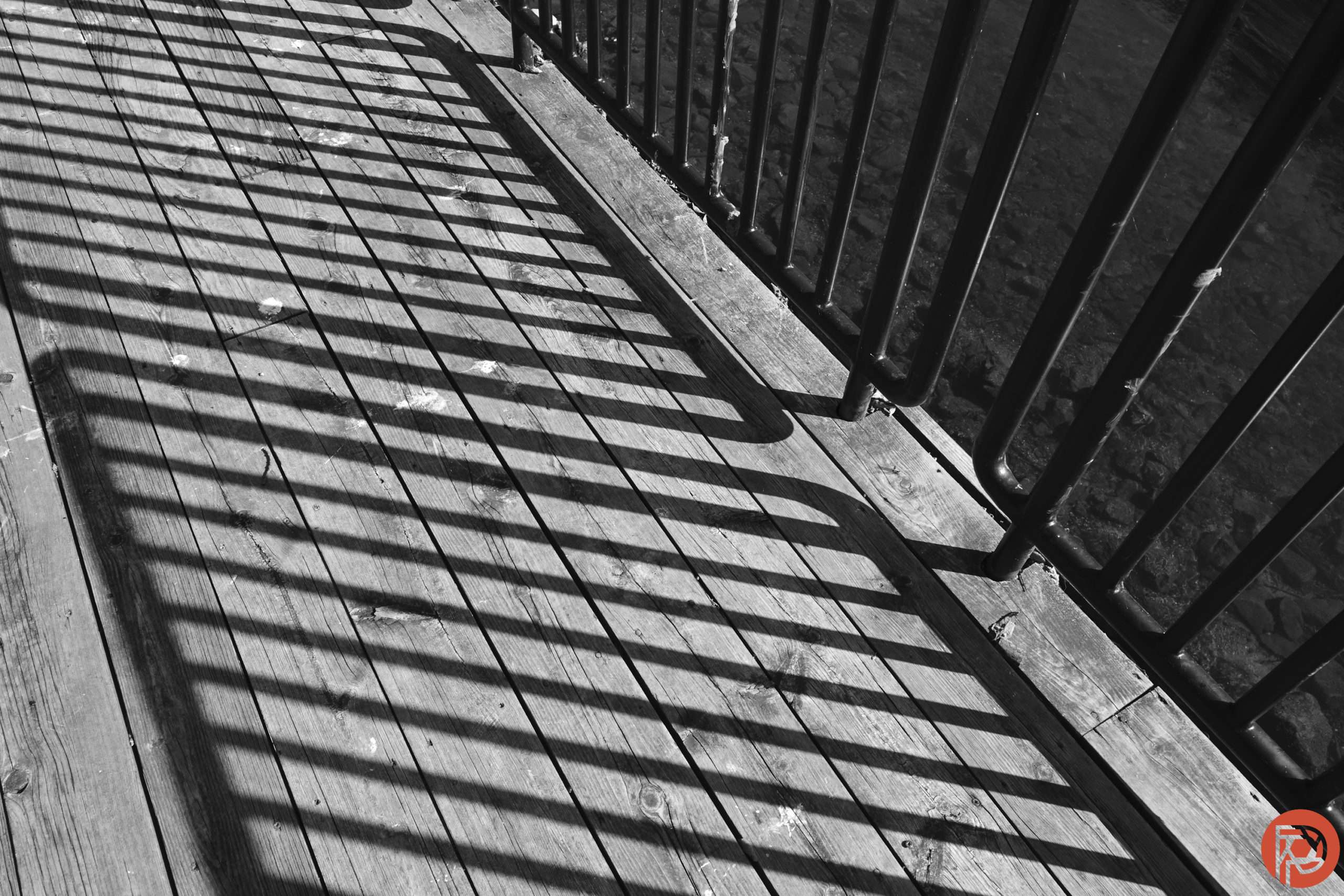
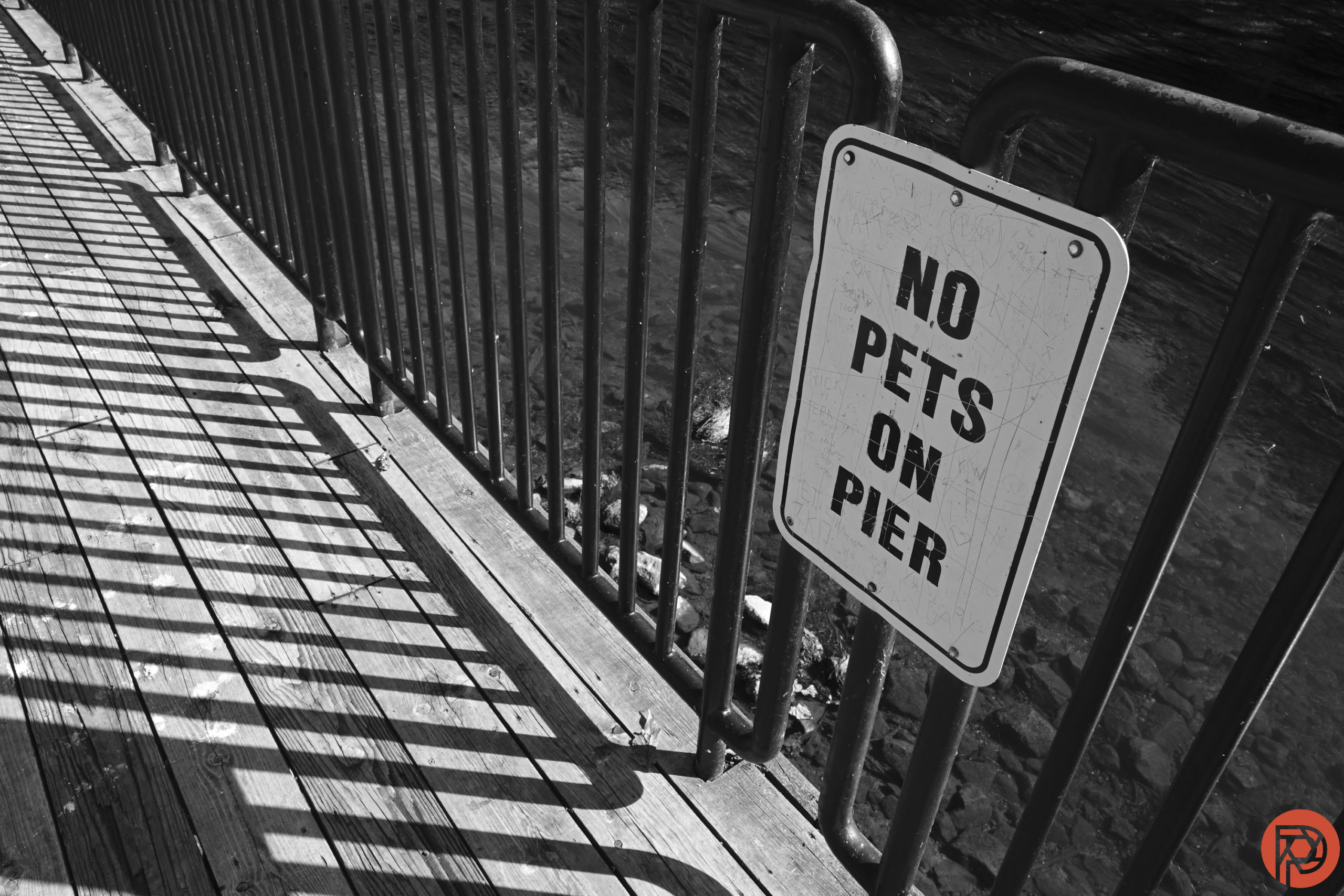
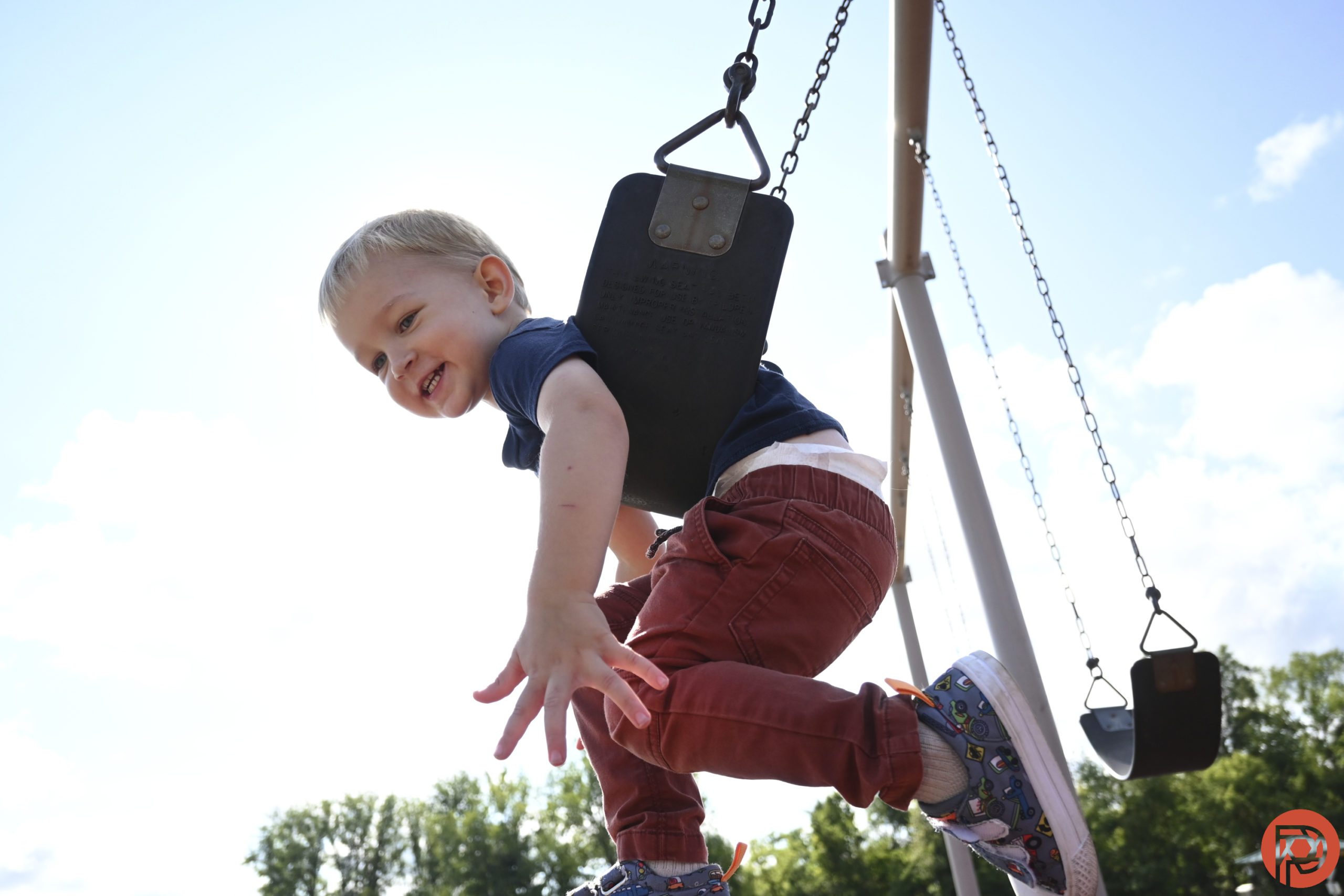
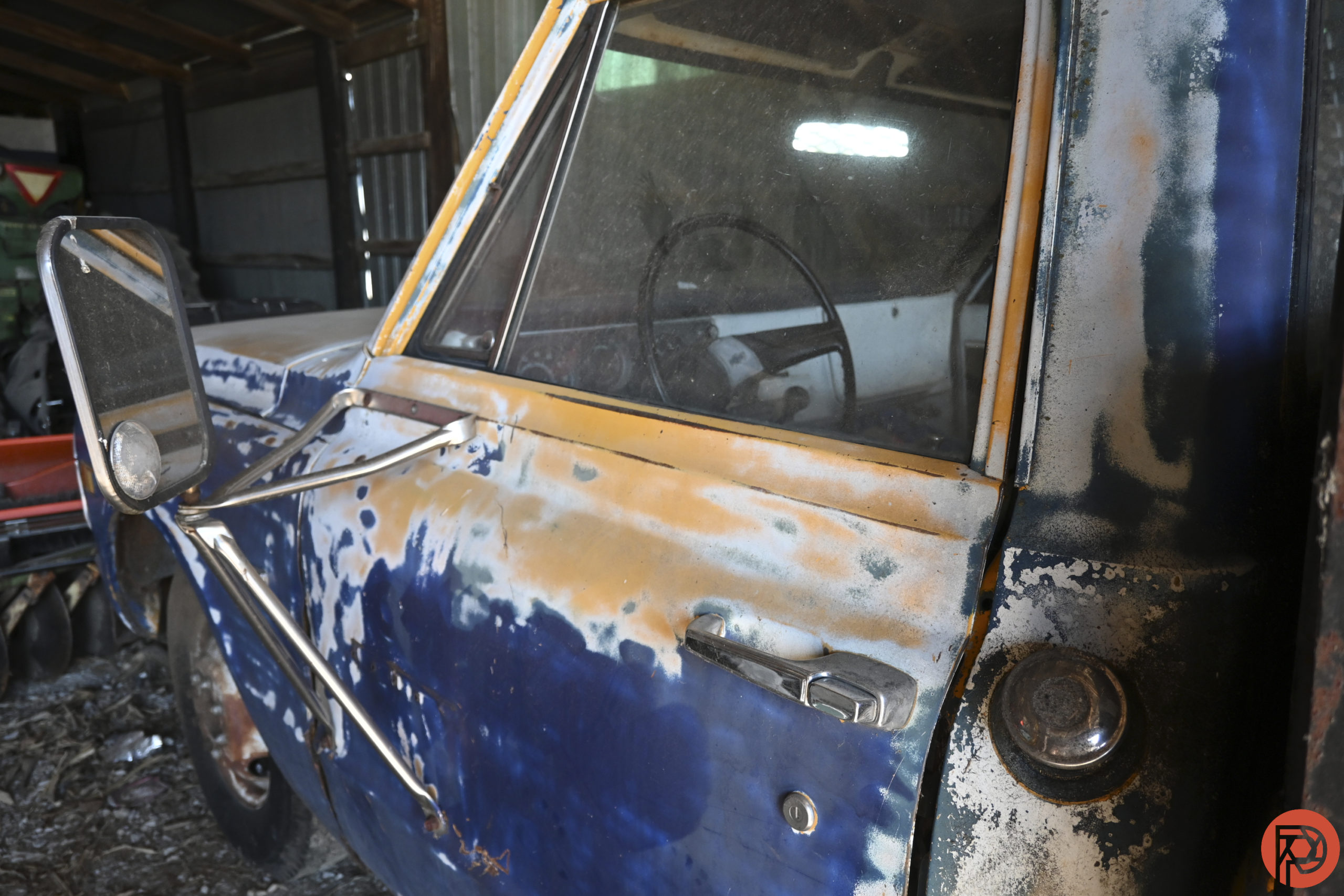
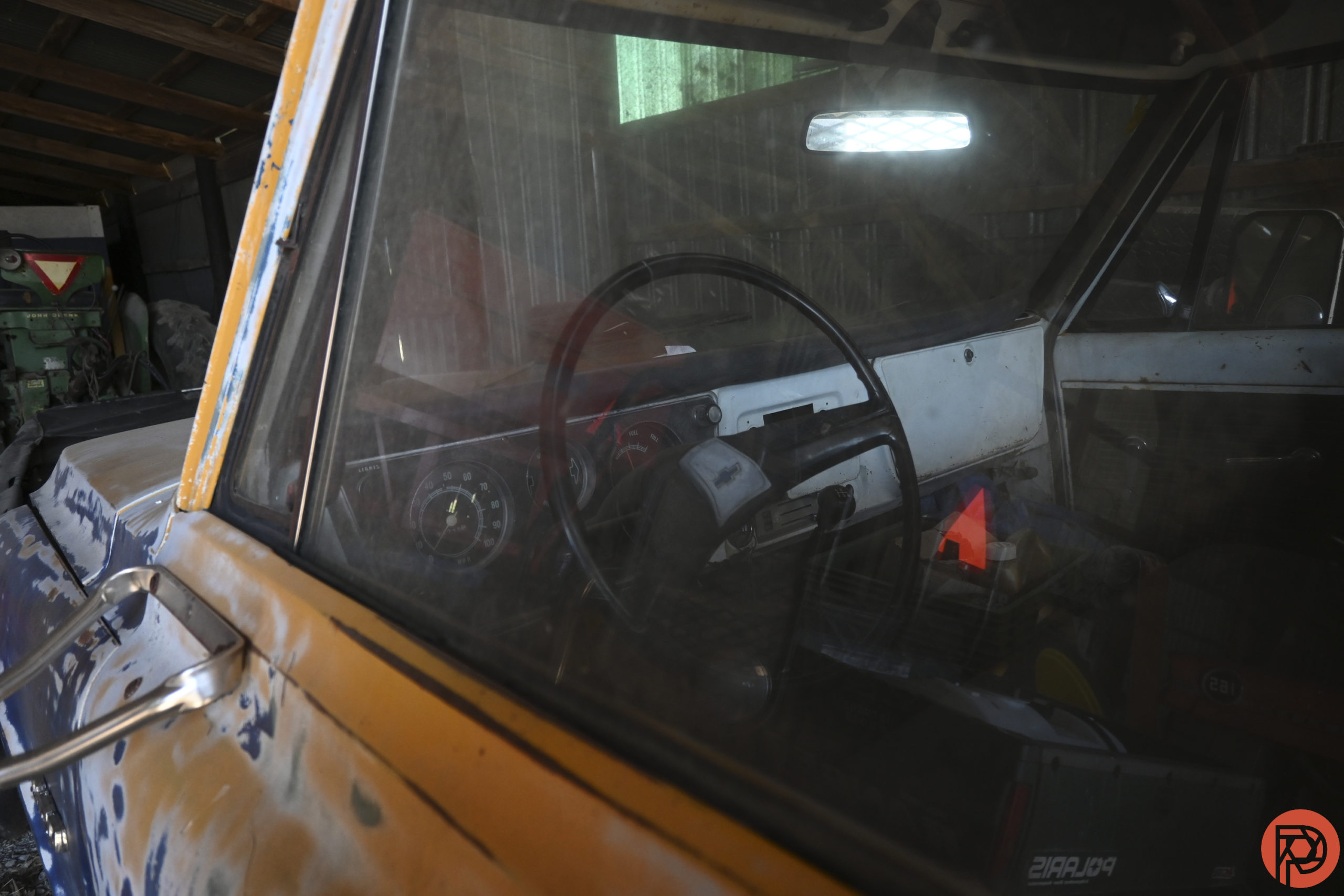
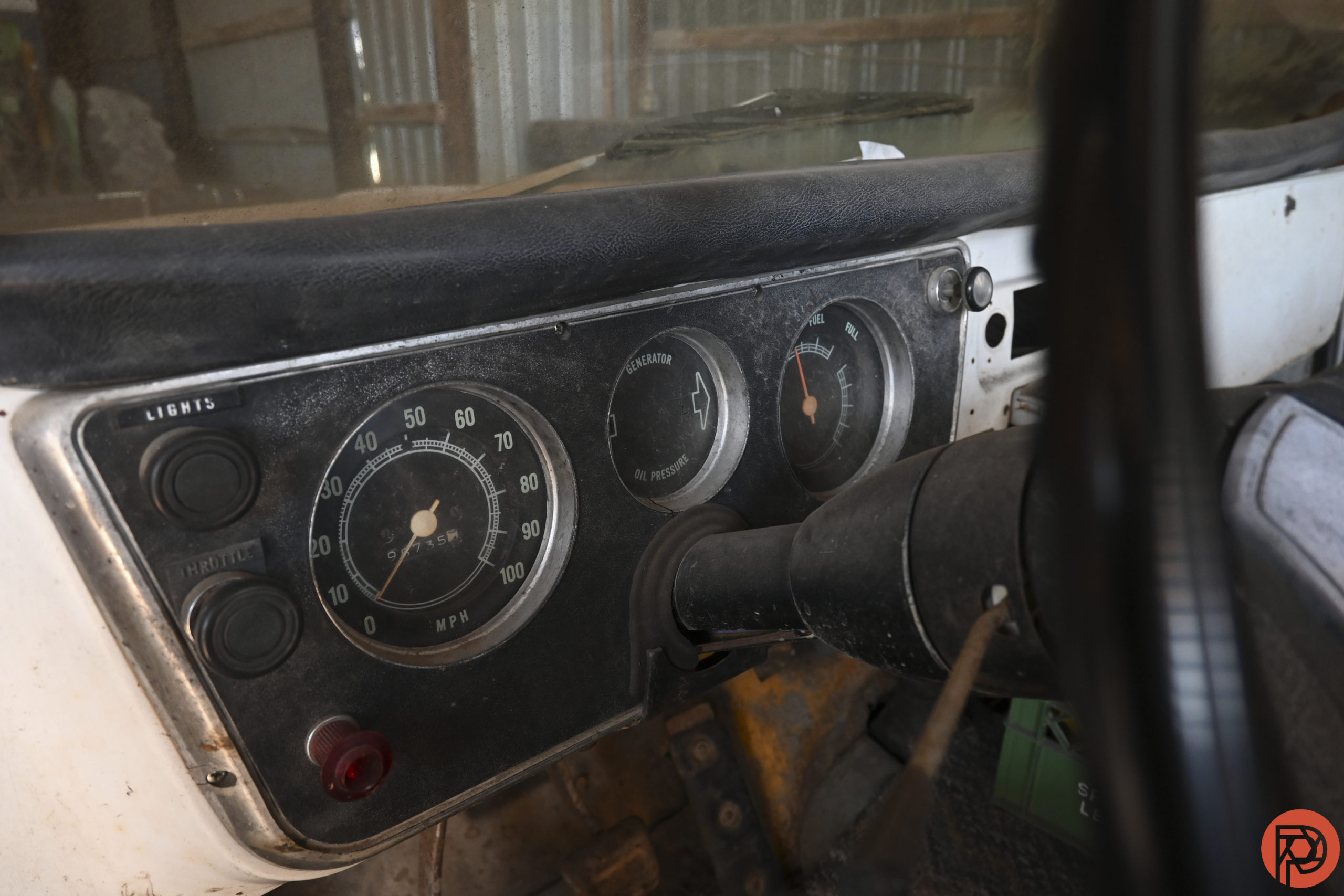
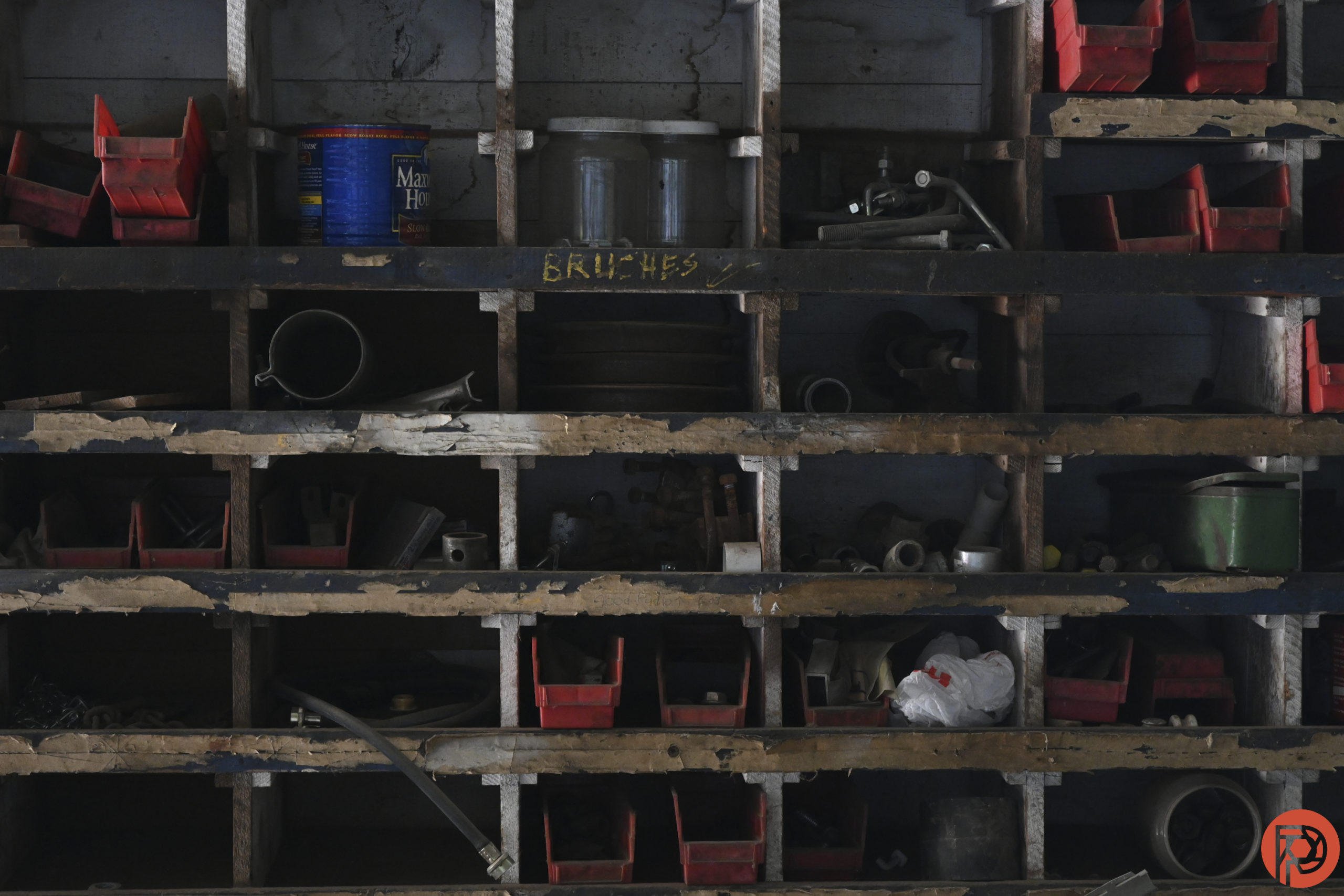
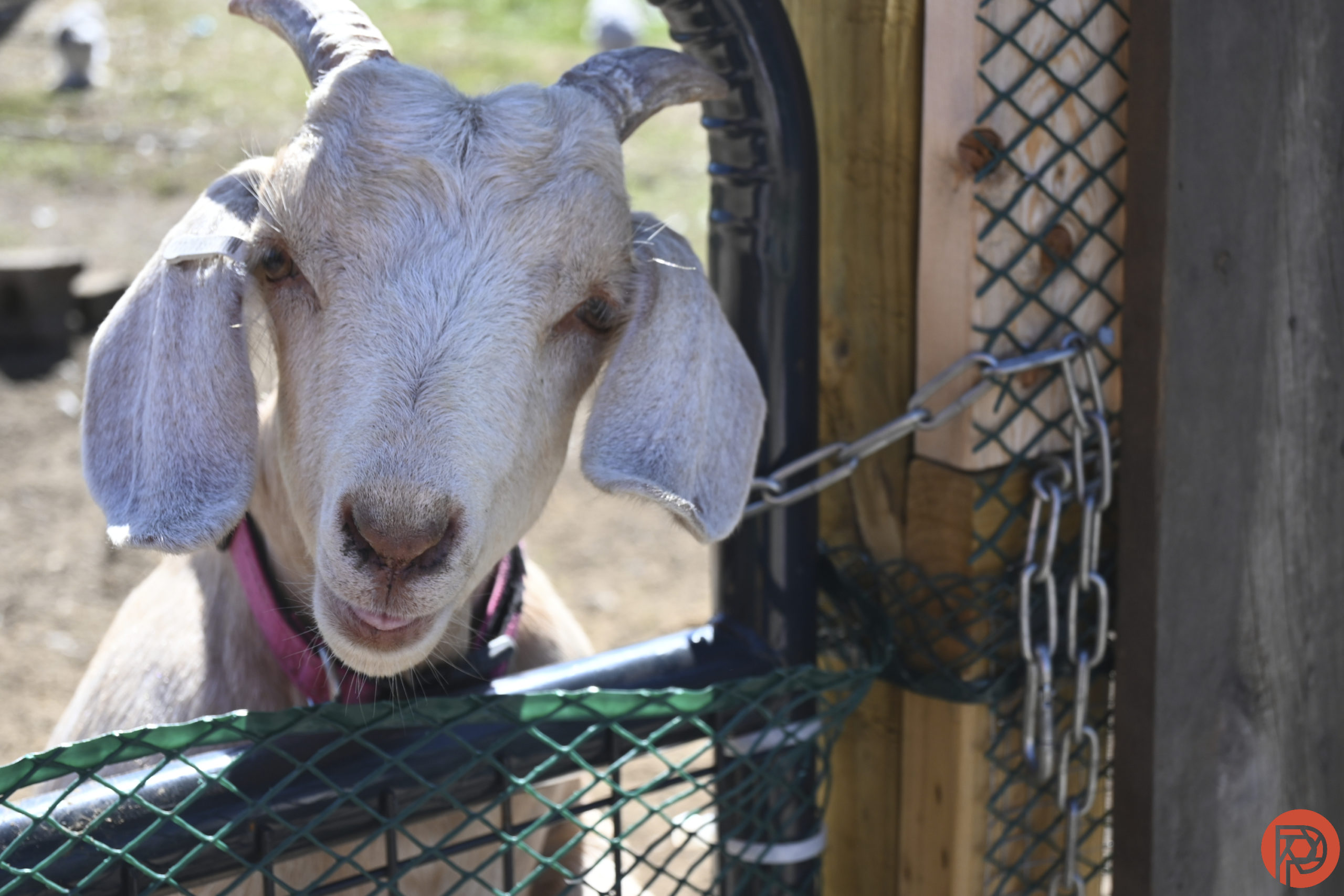
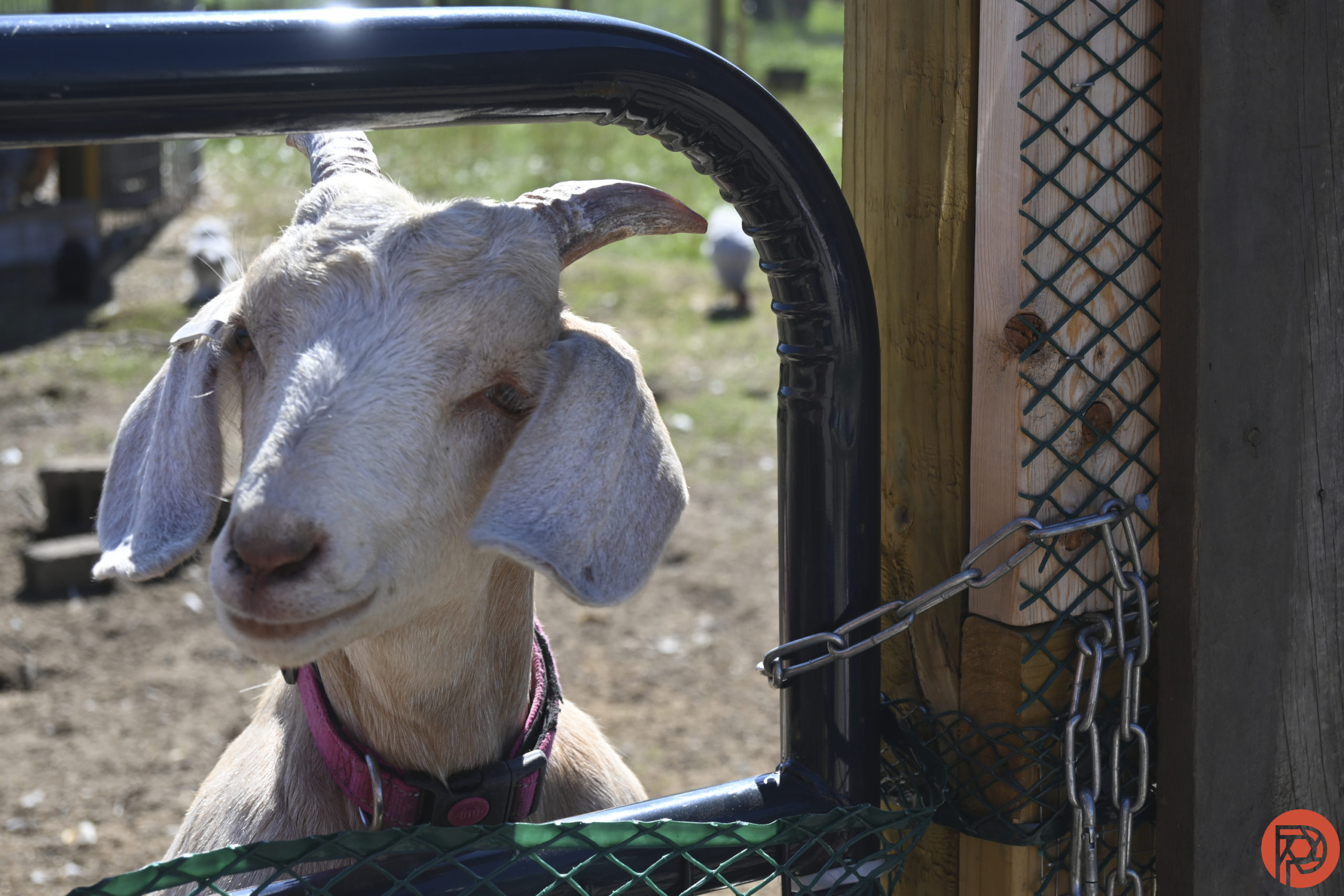
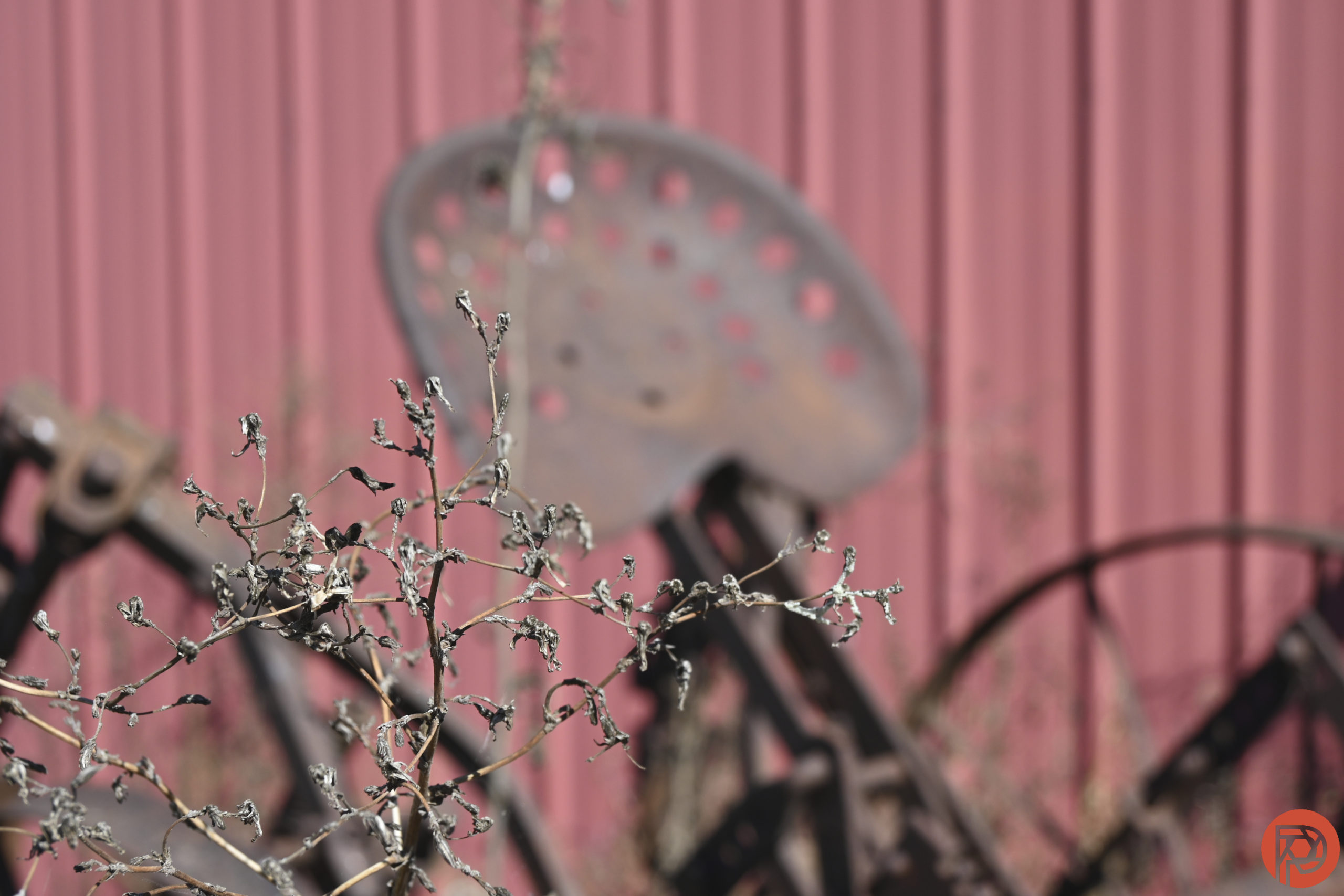
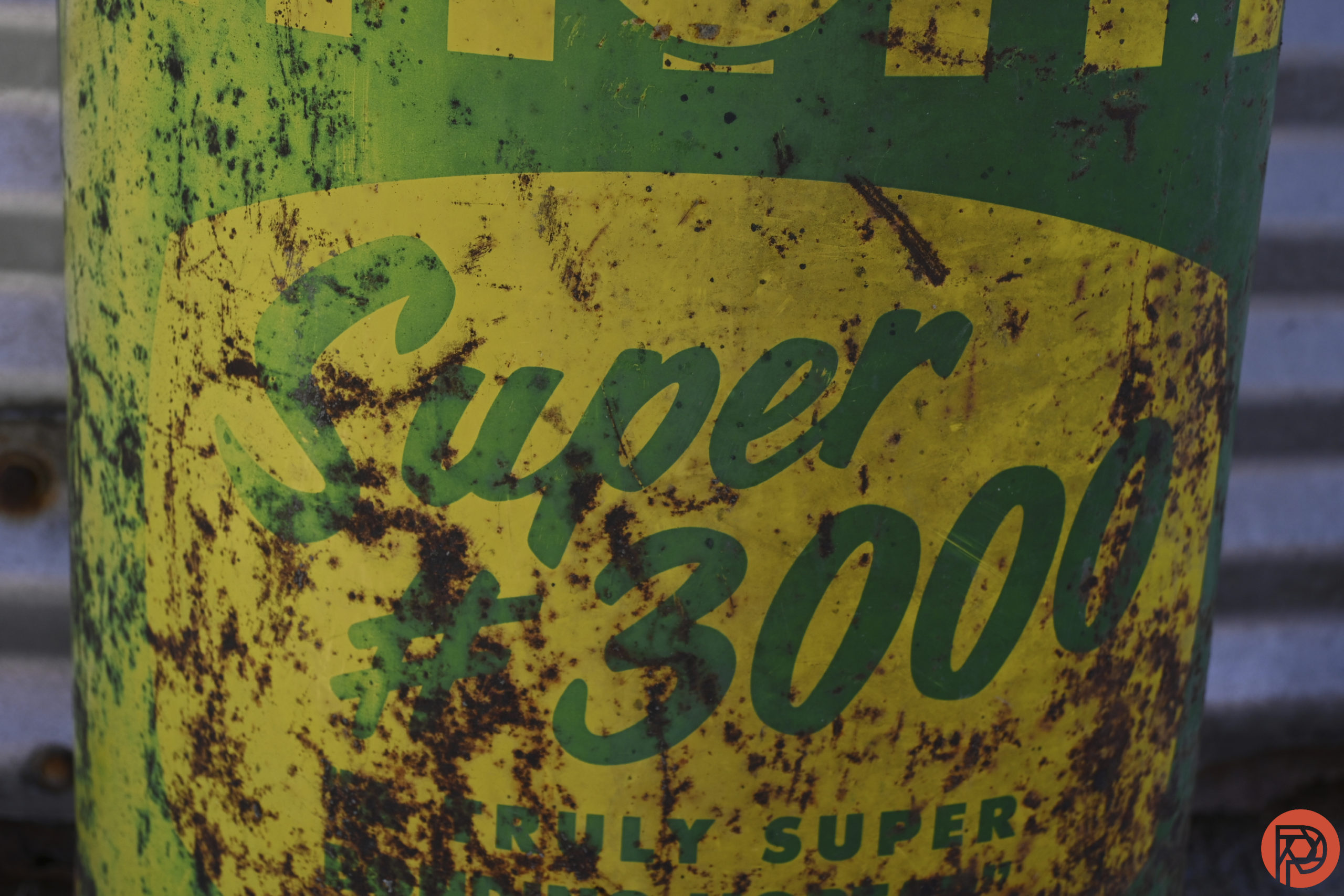
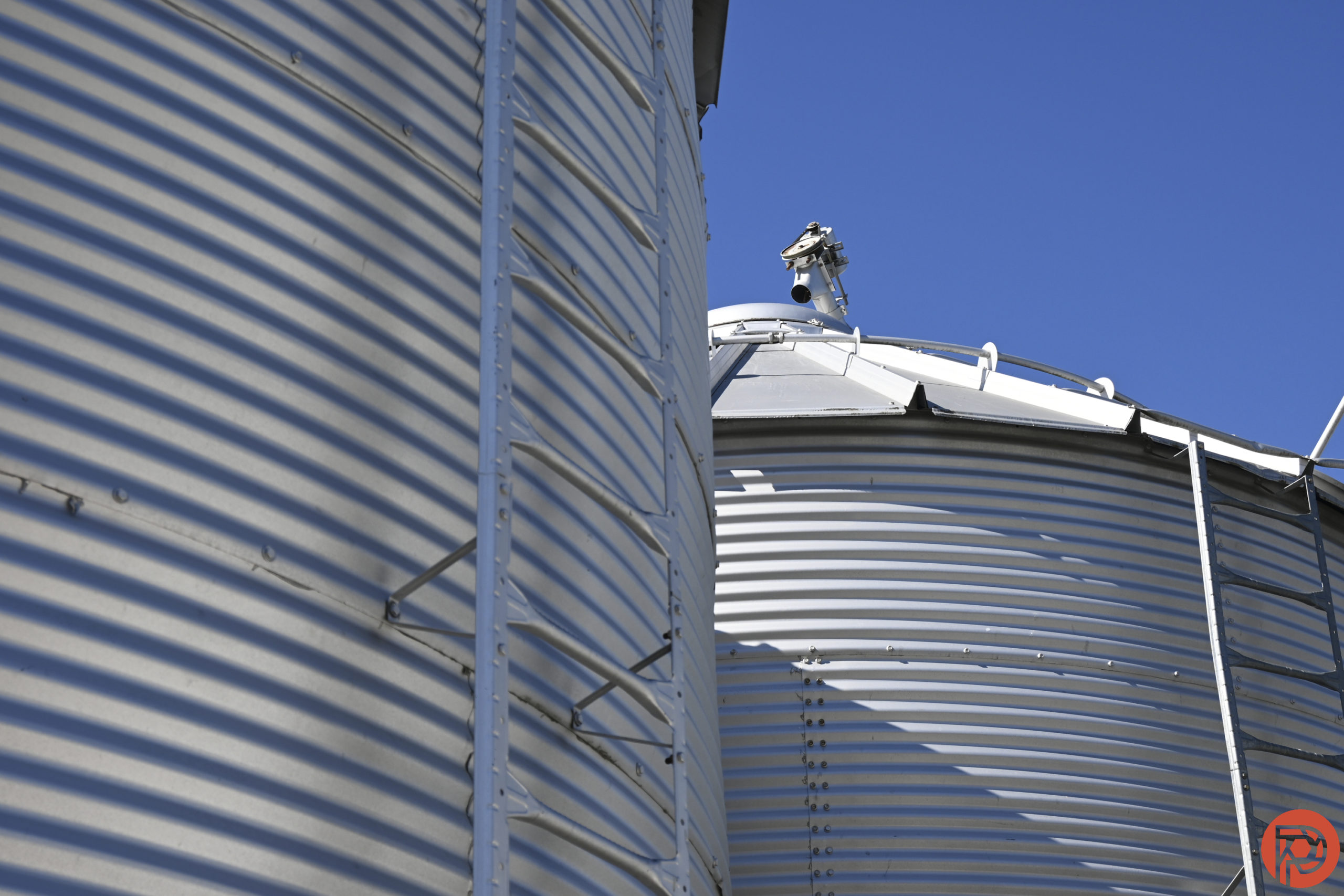
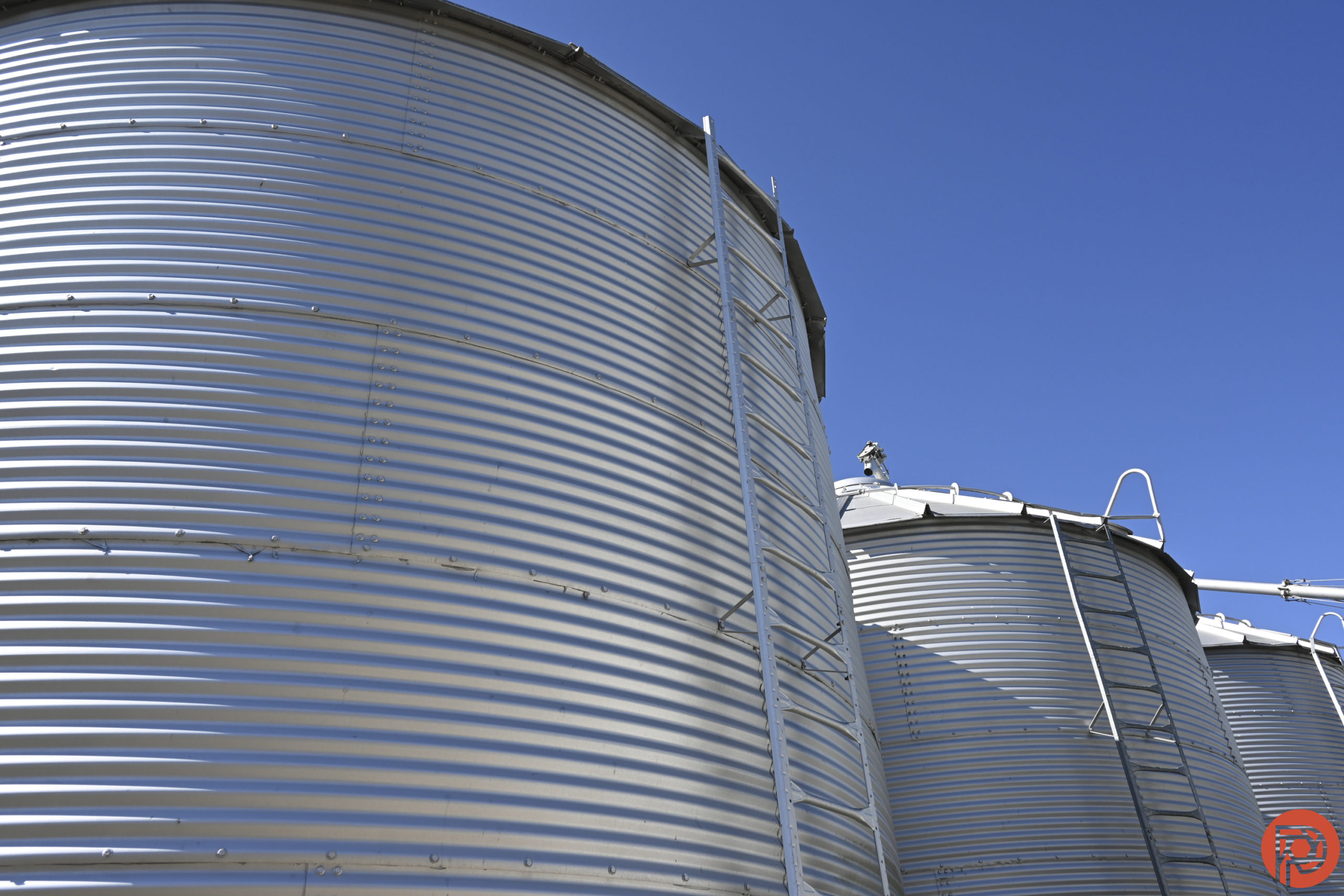
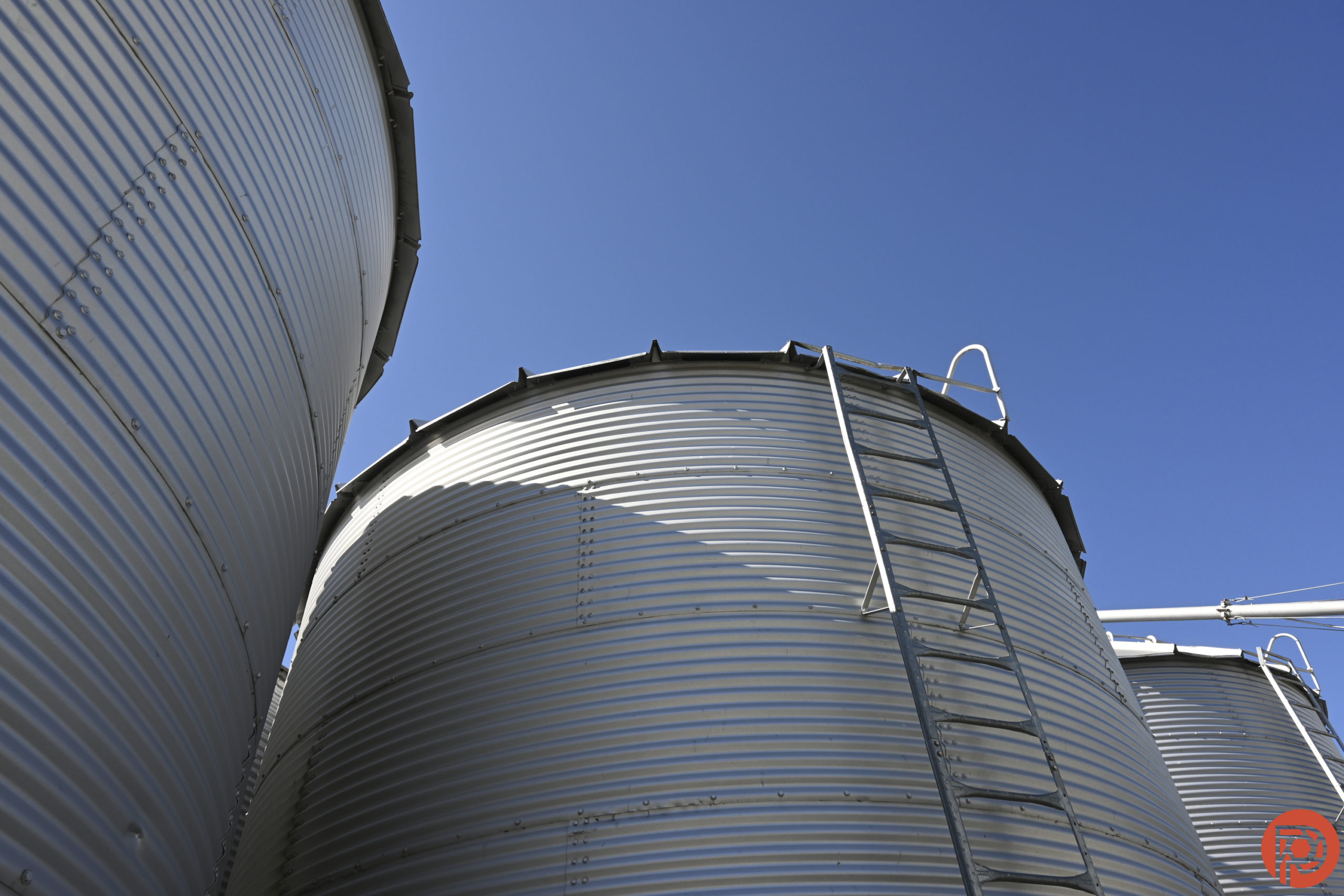
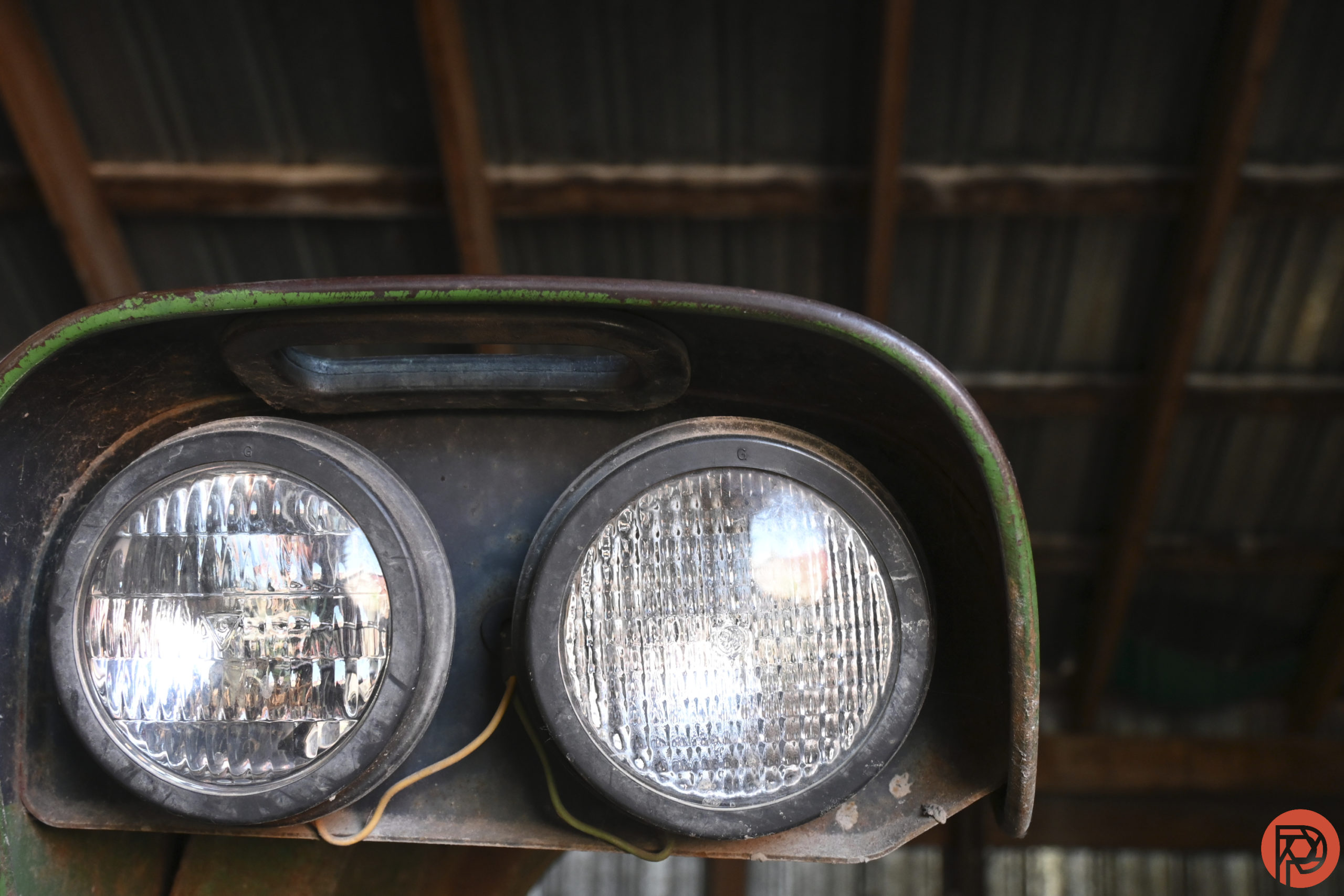
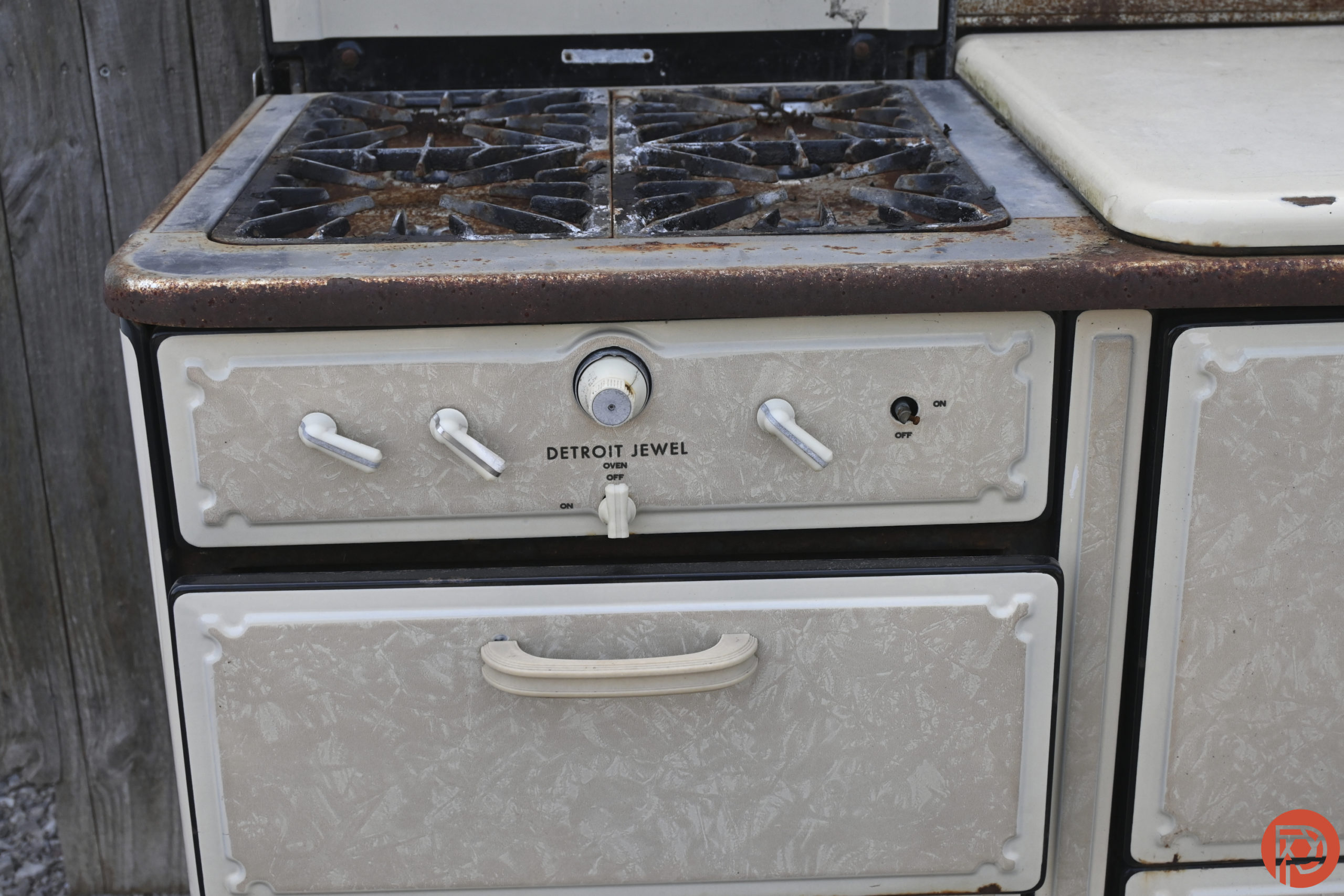
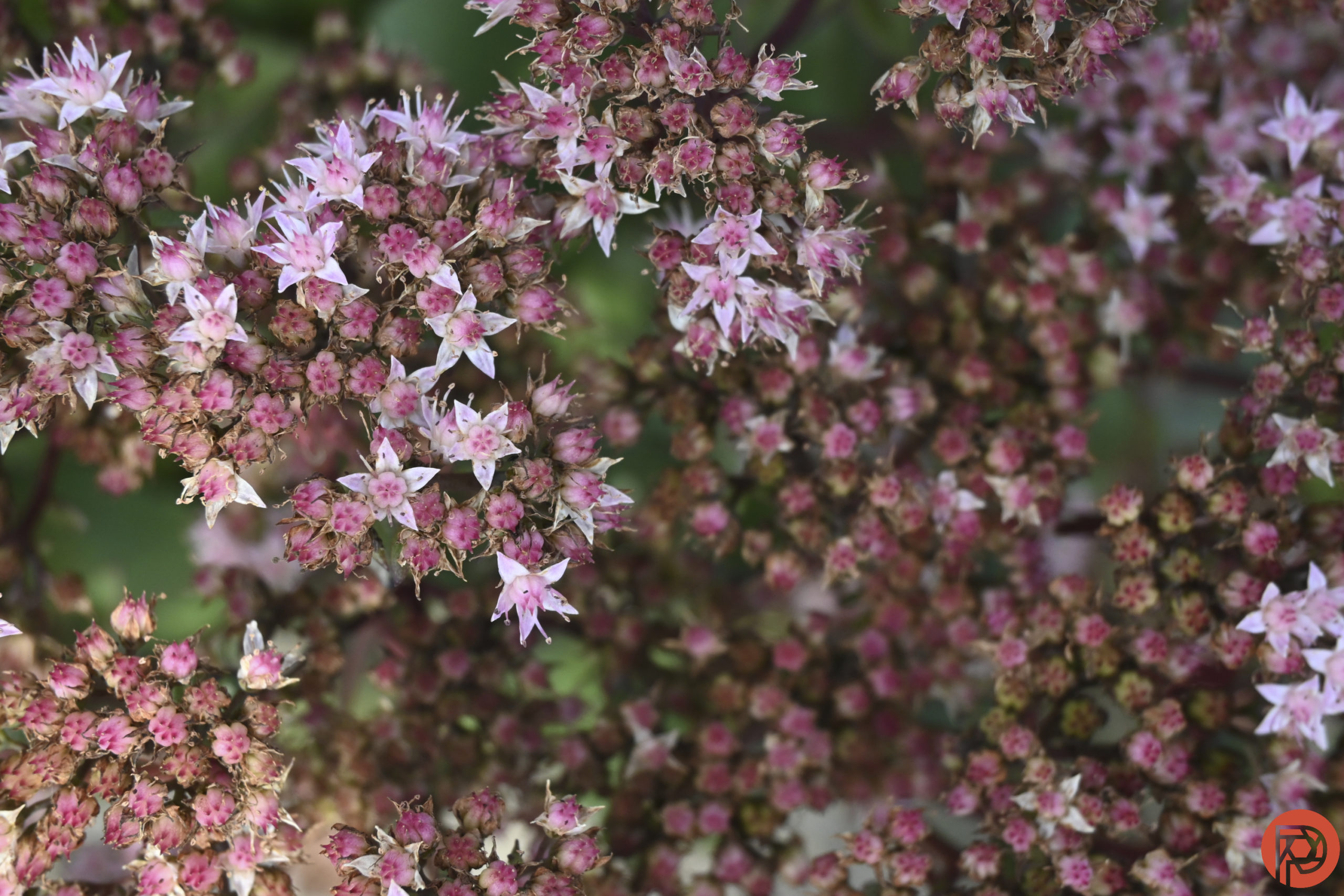
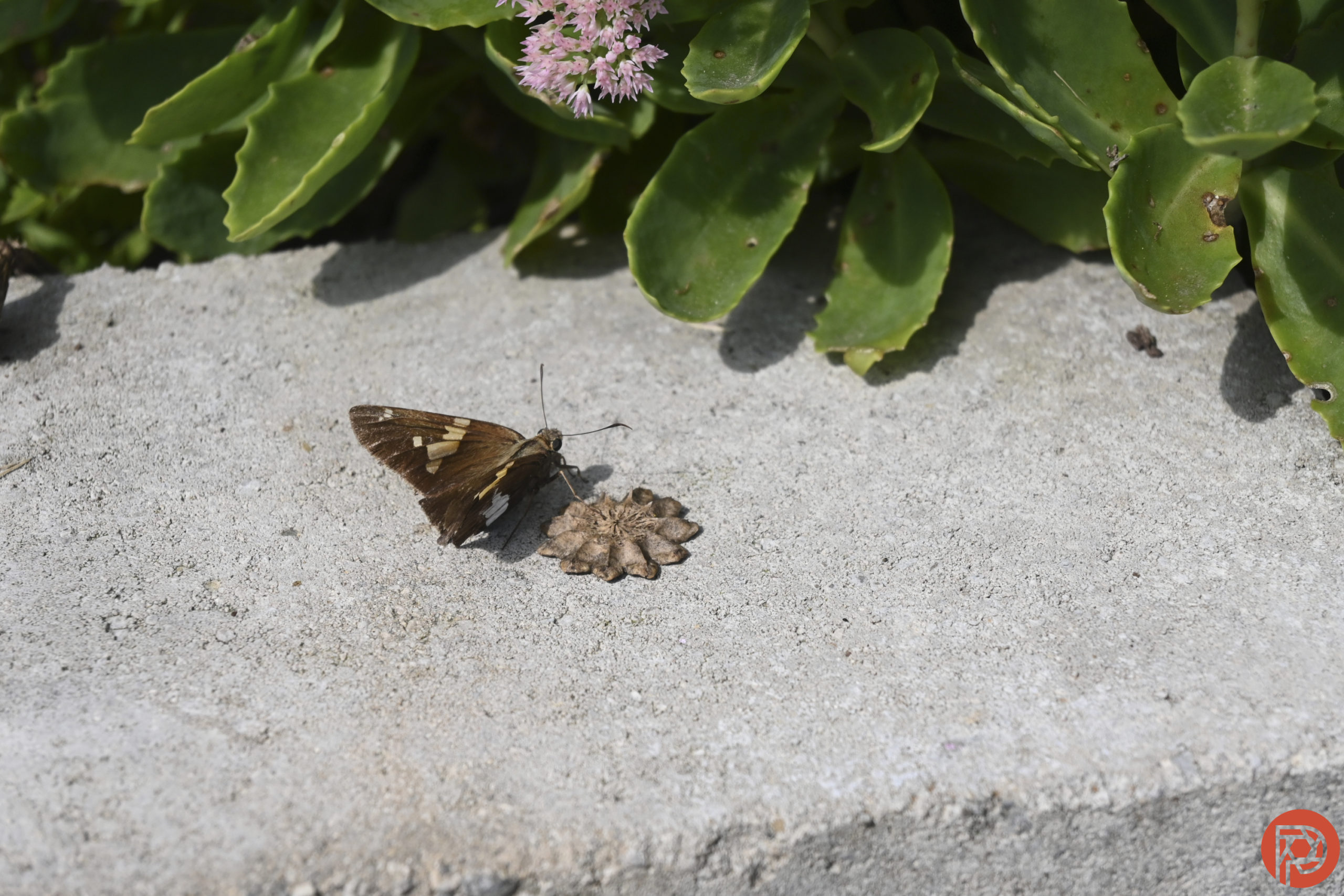
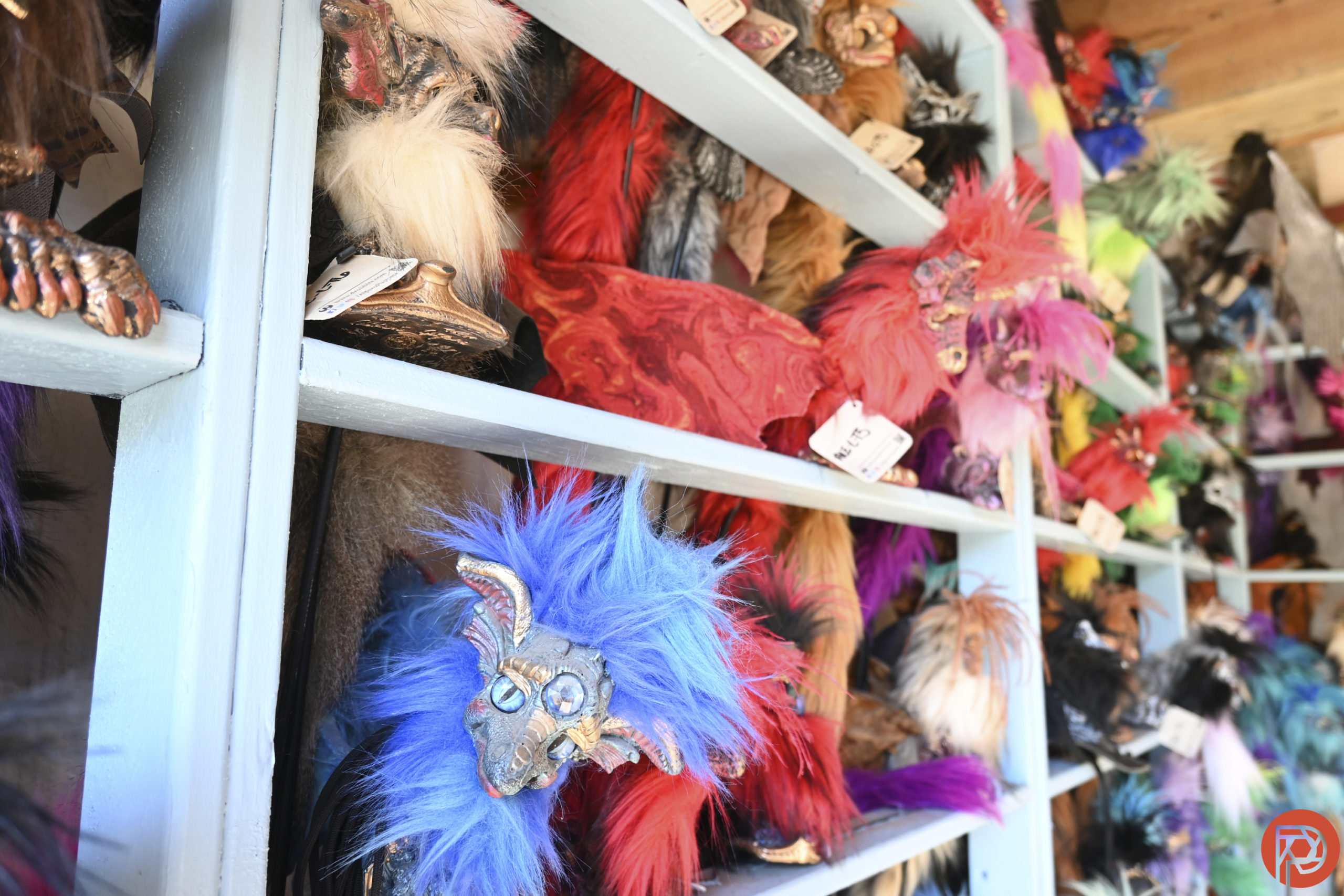
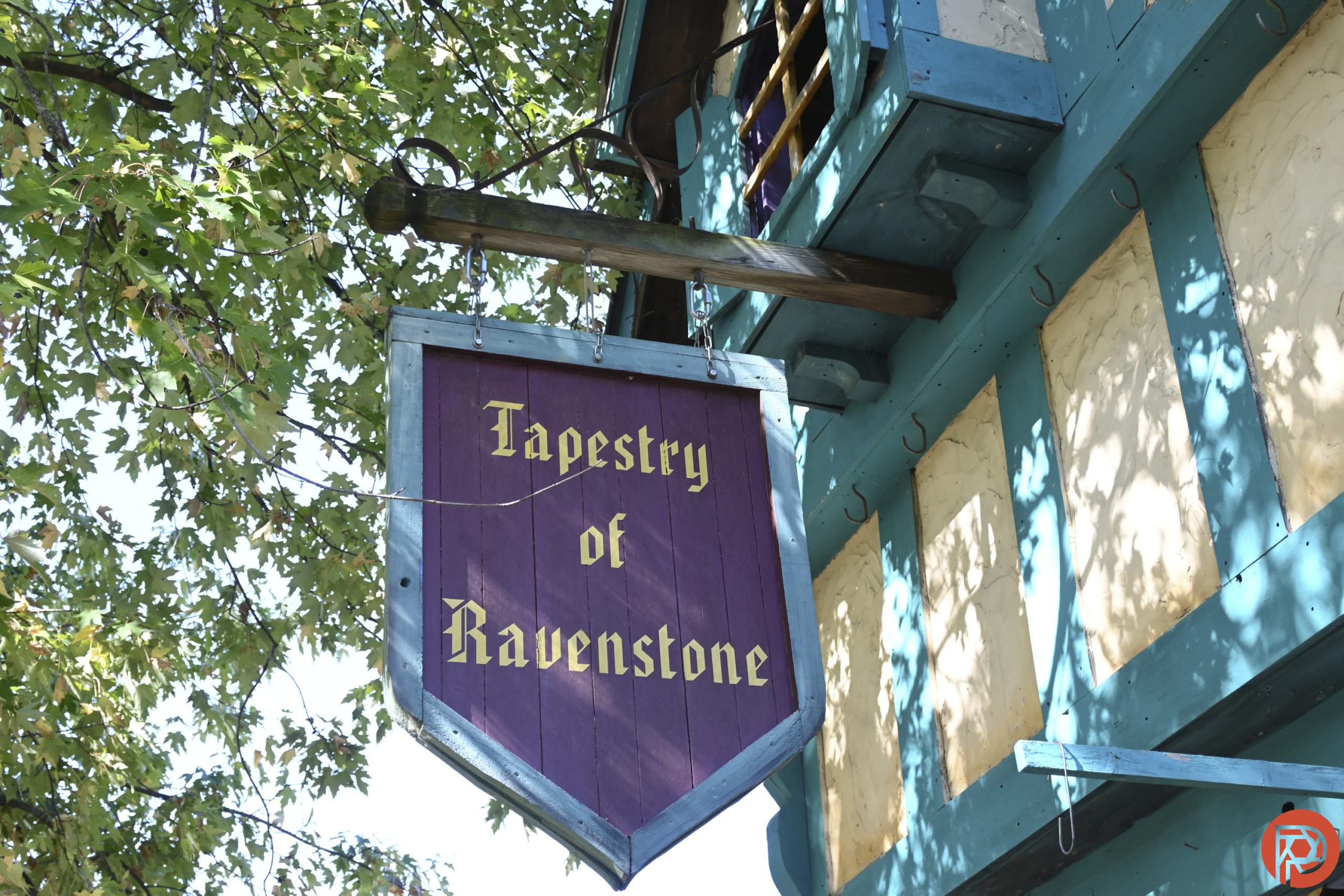

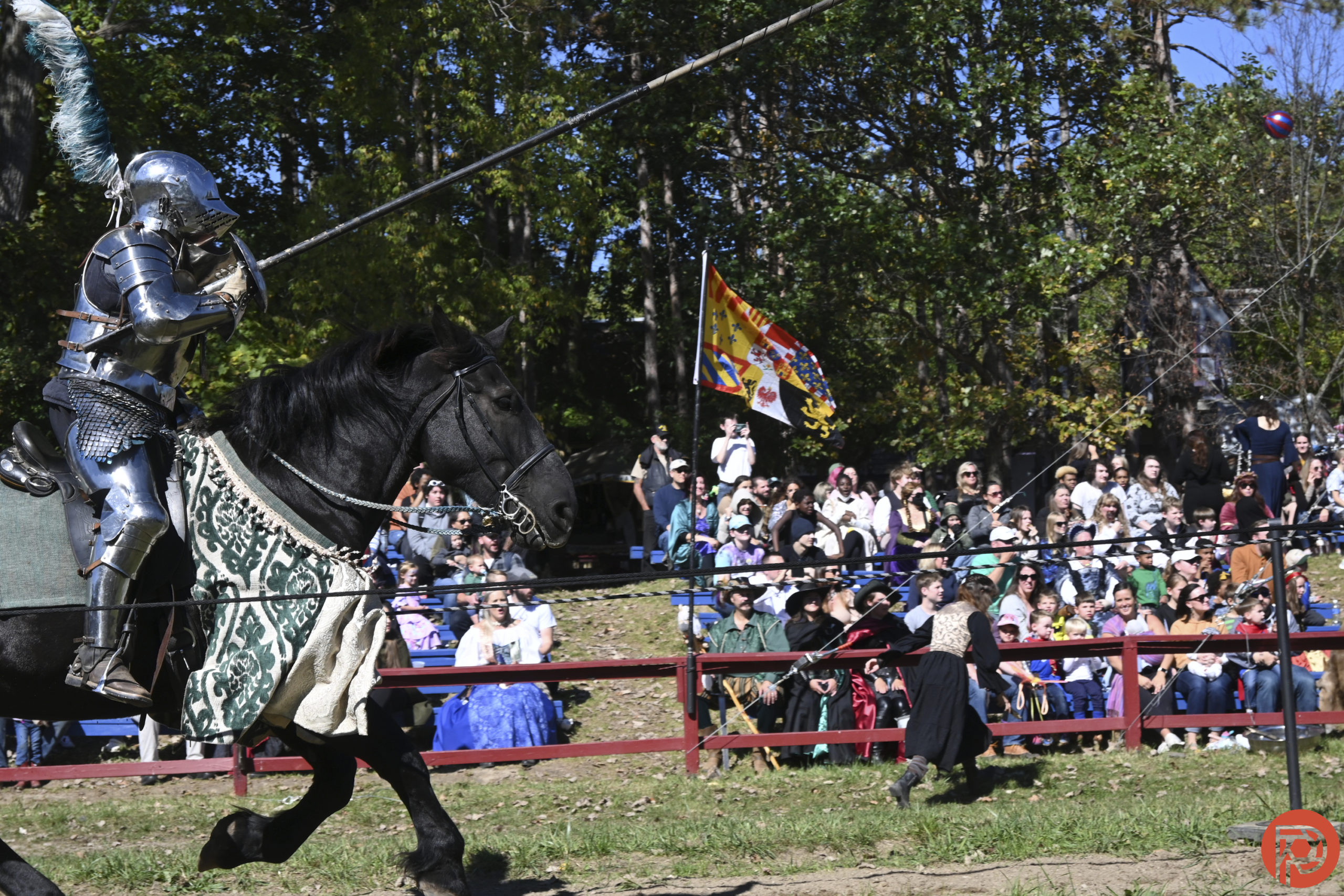
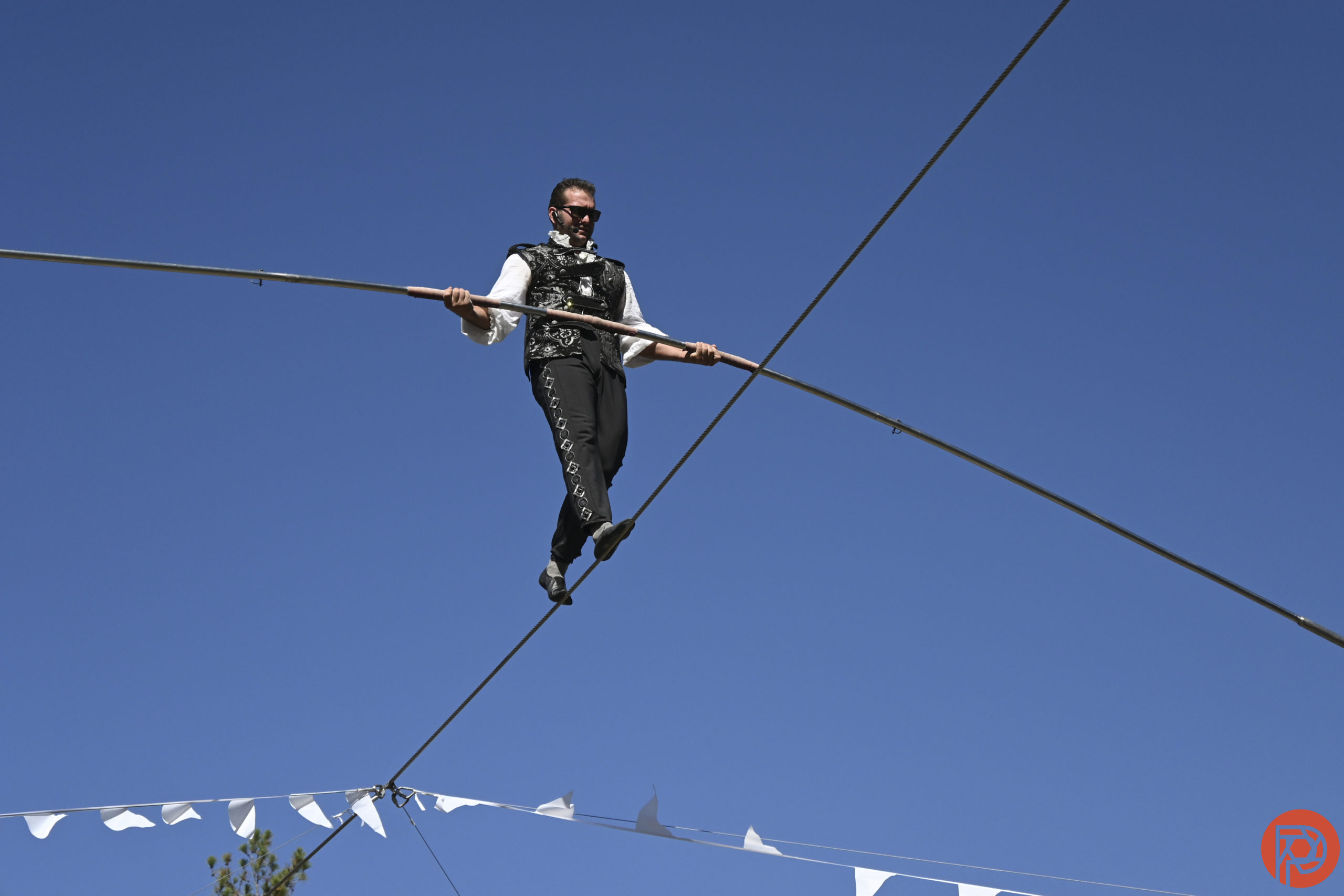
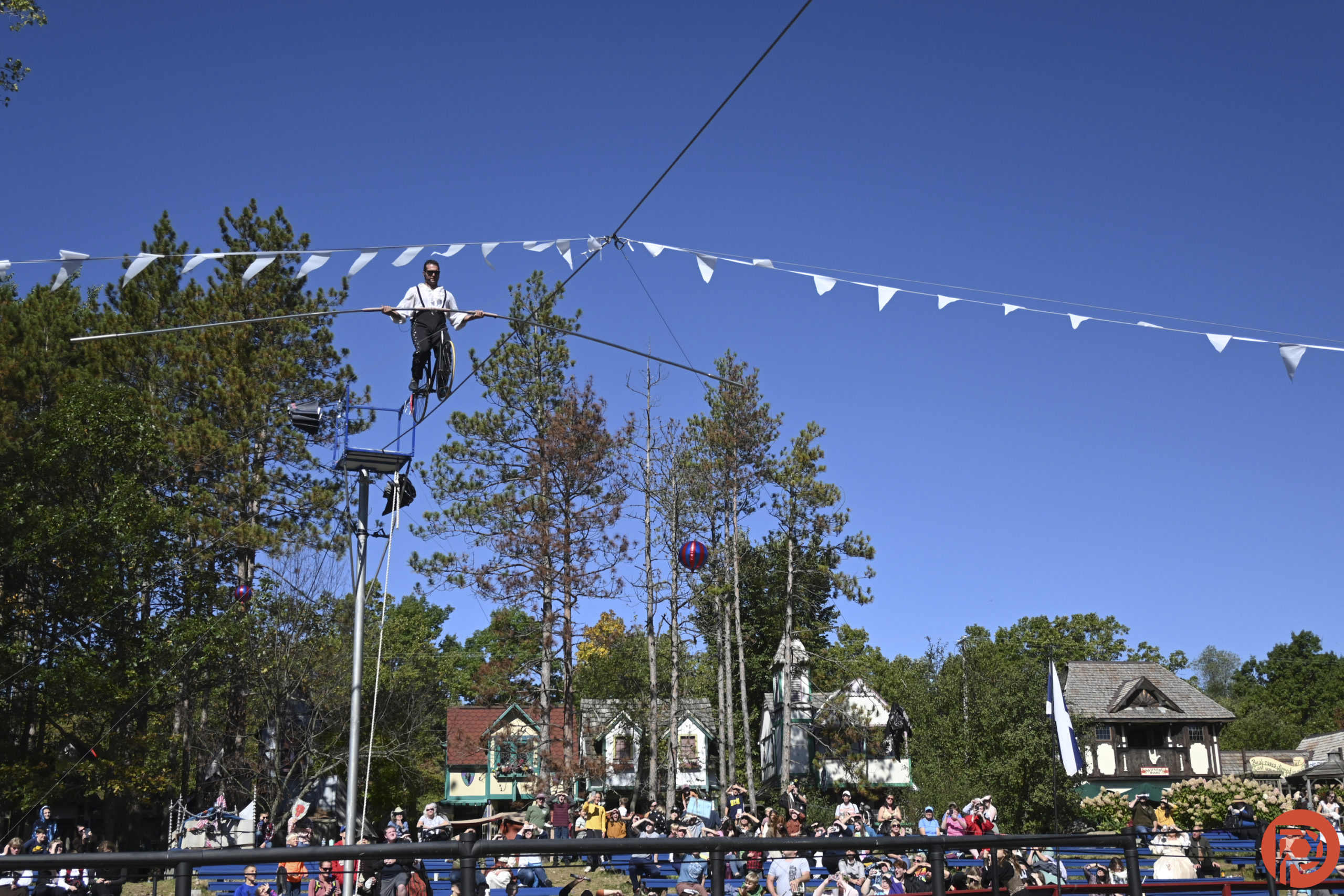
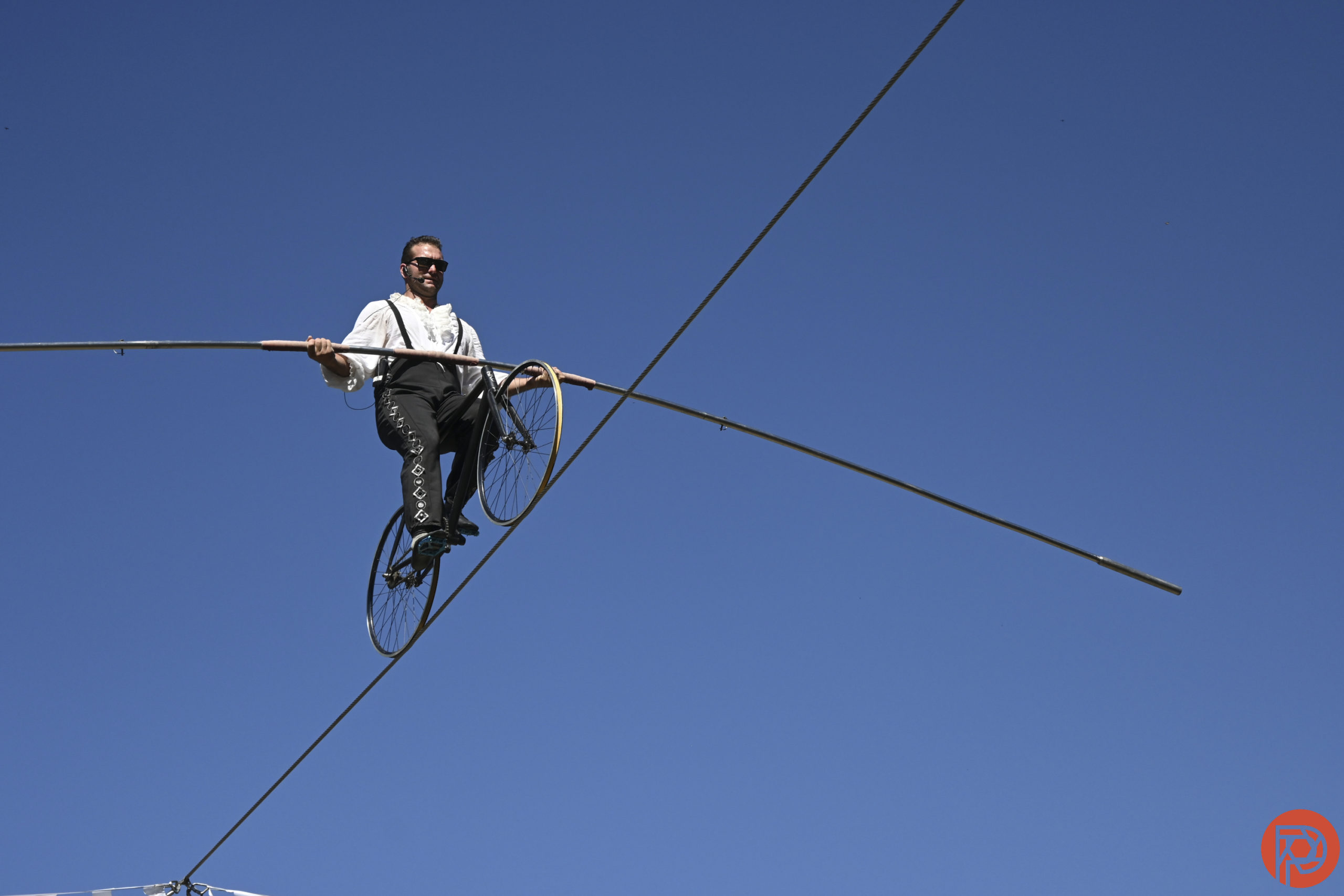
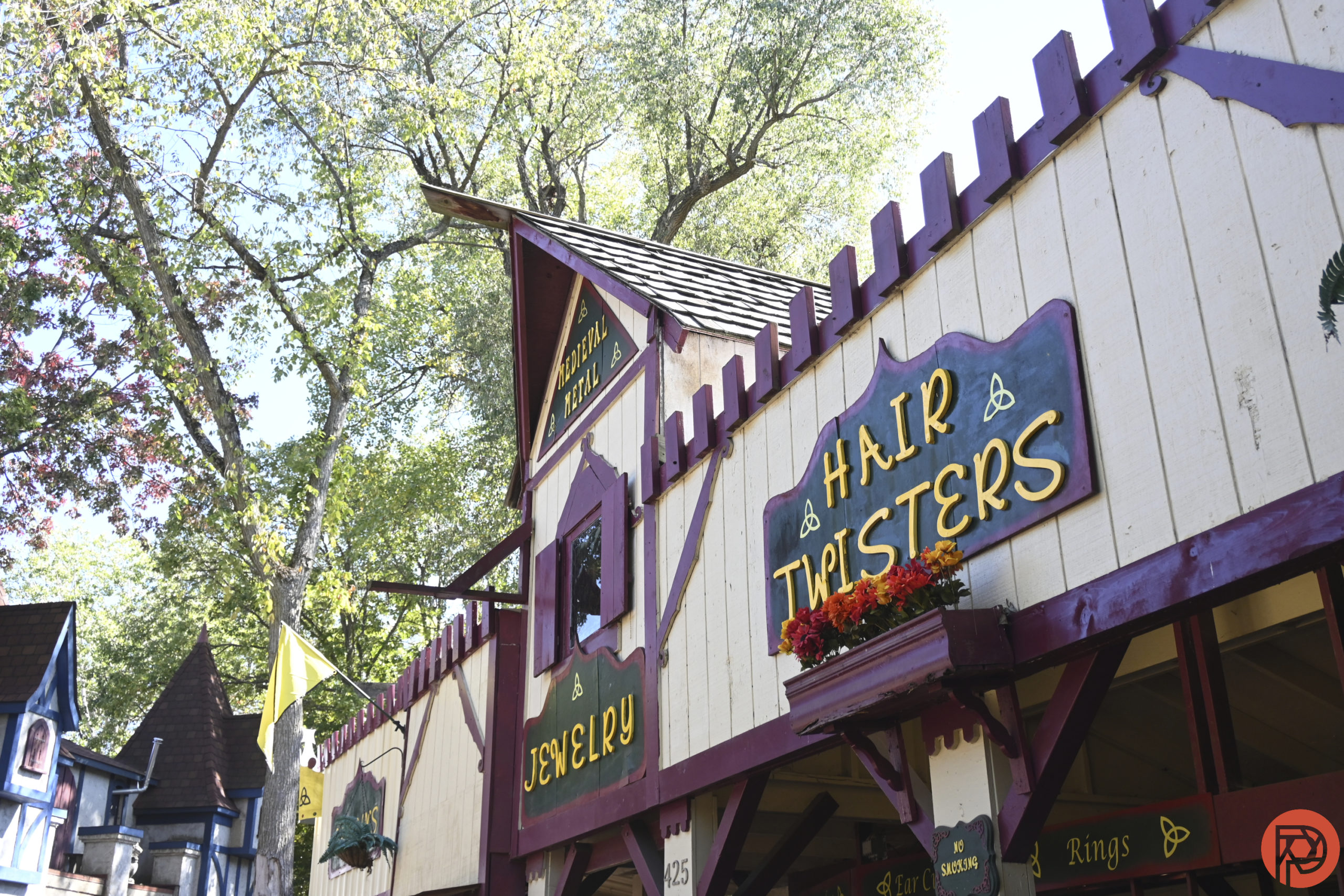

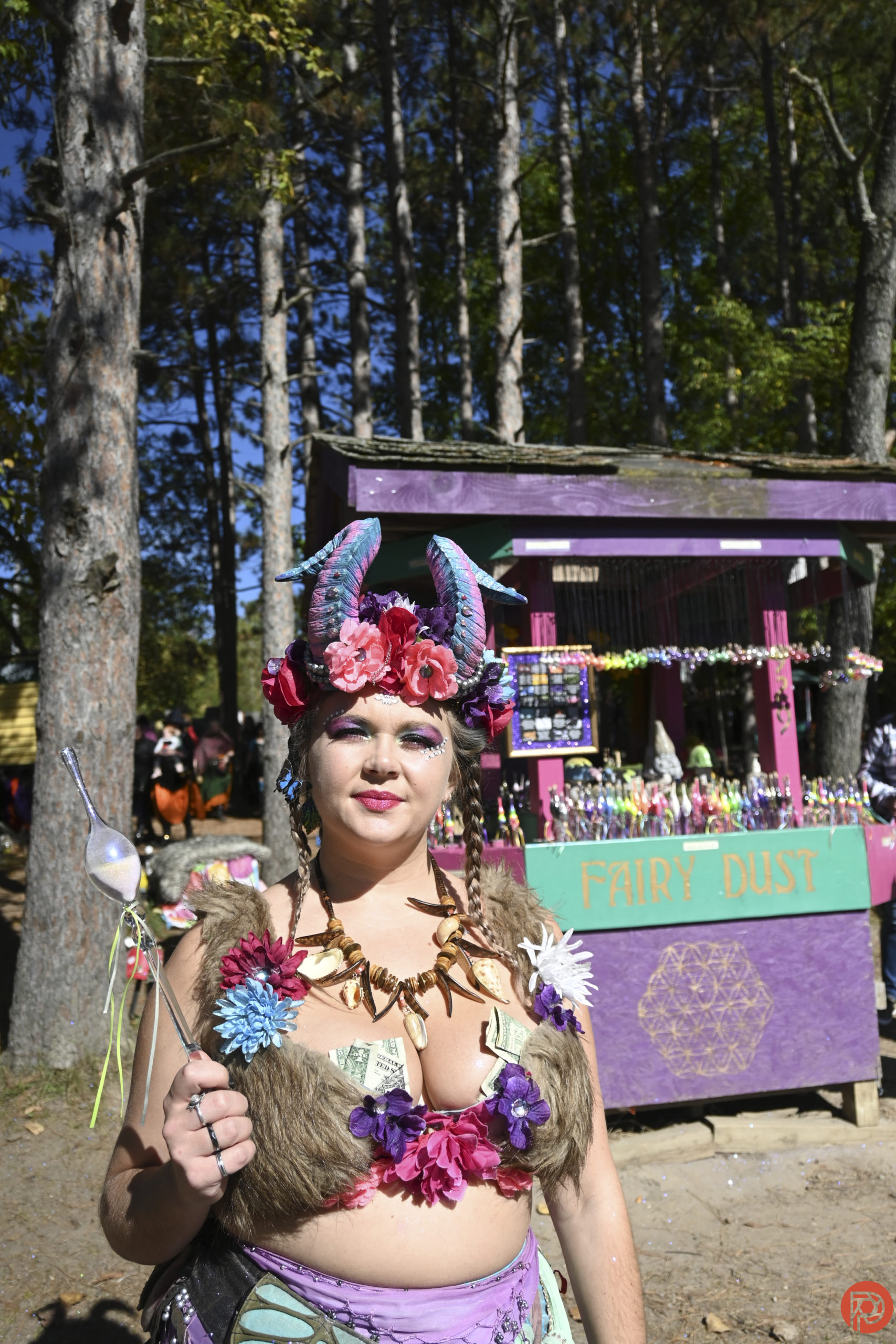

Edited
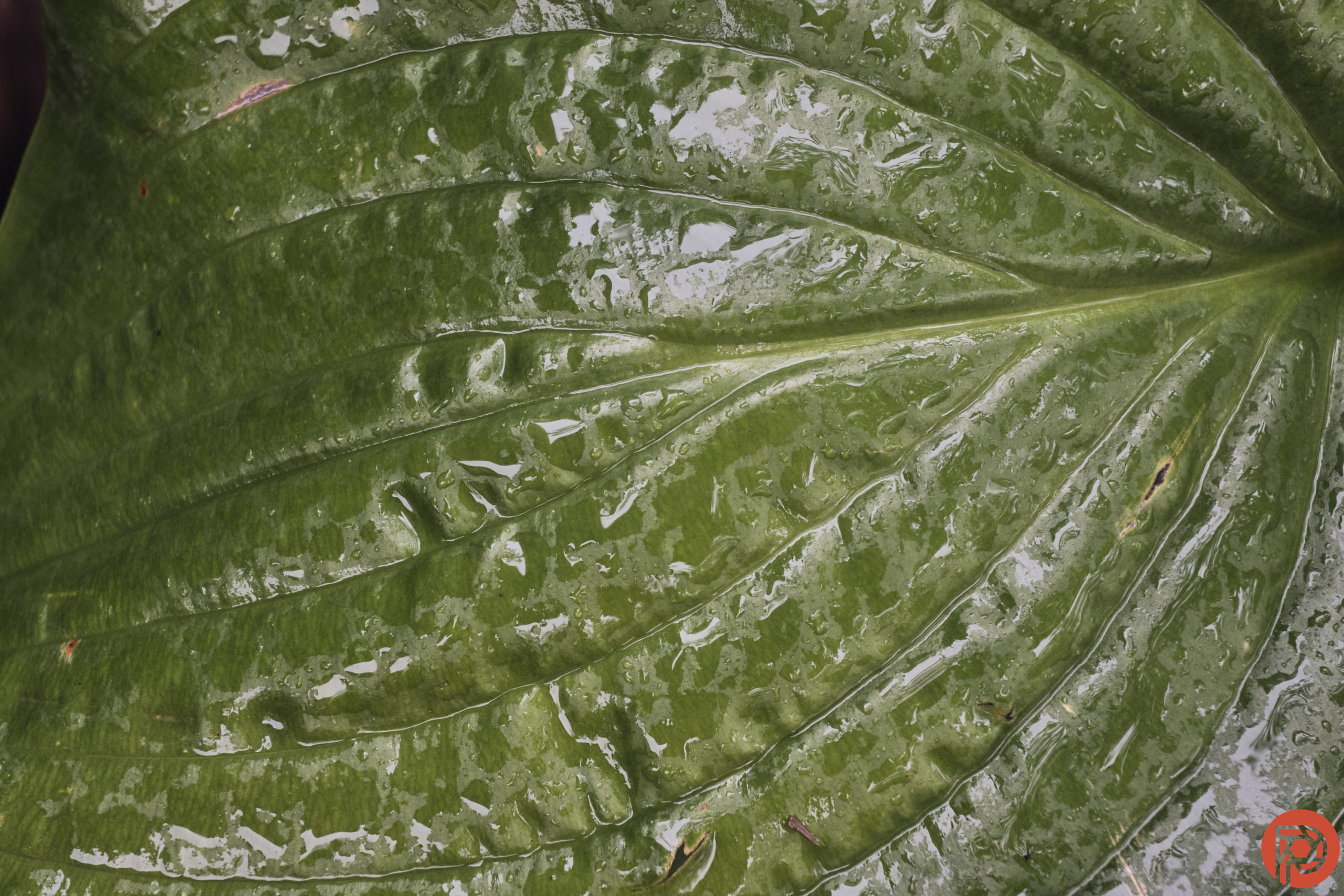
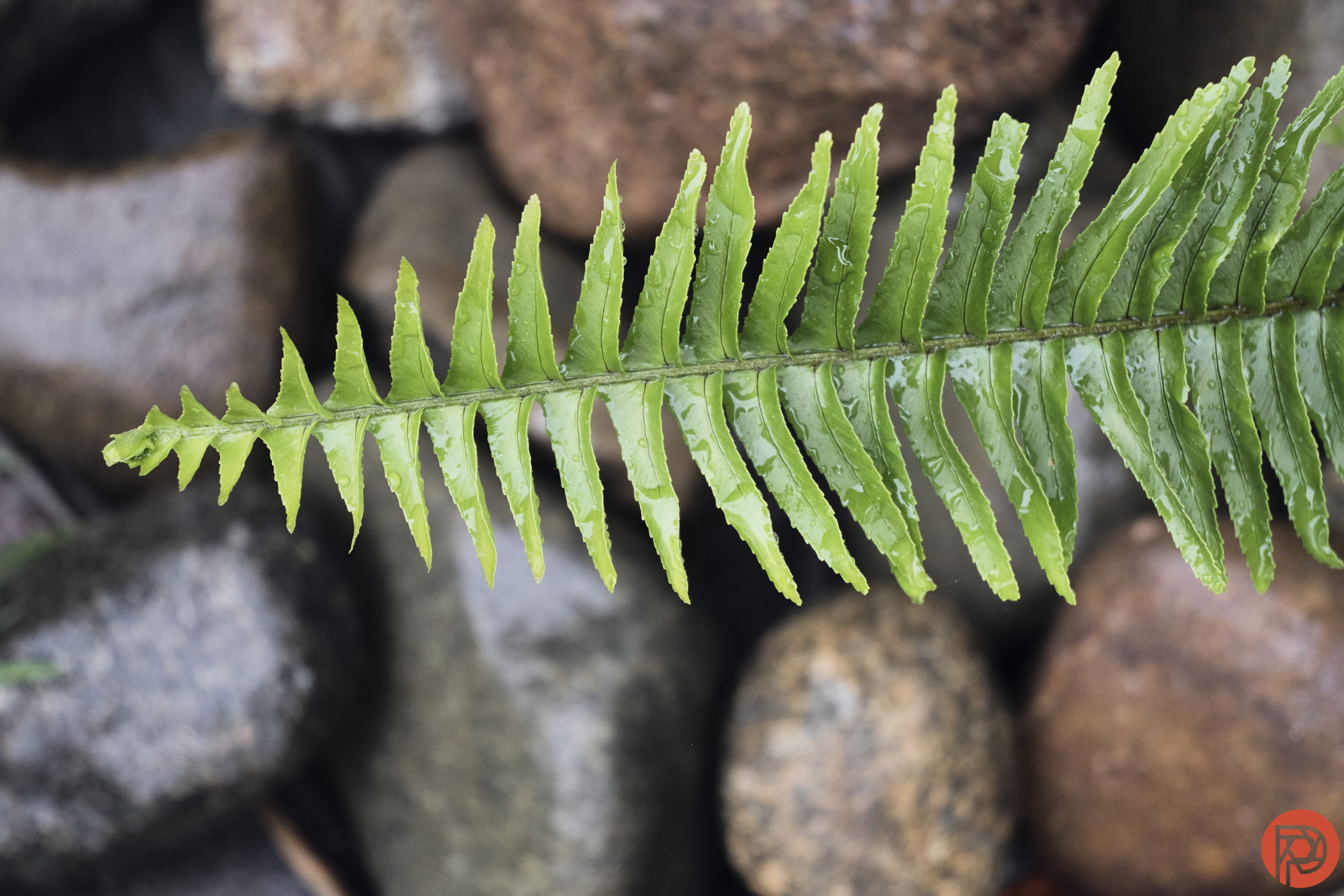


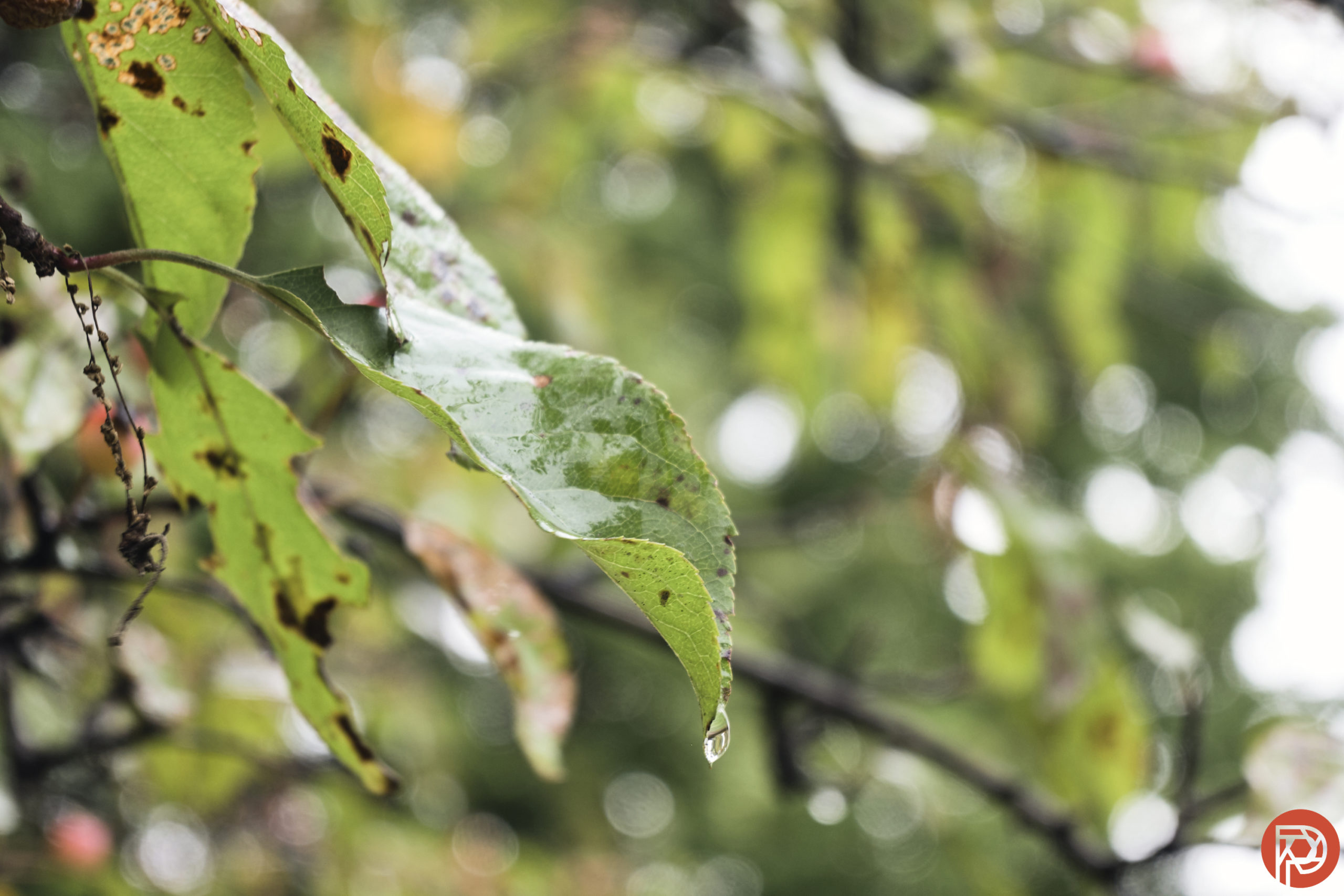
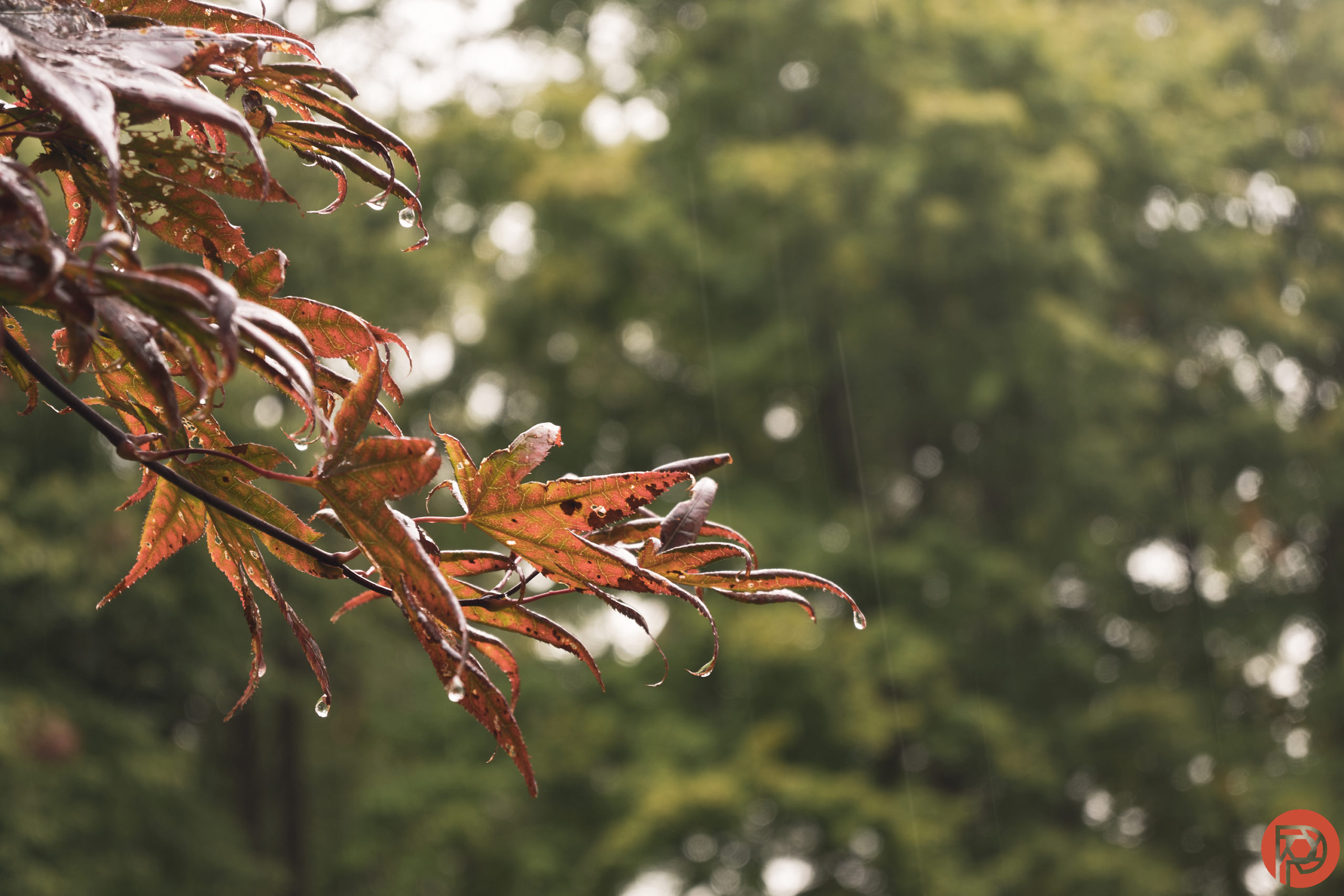
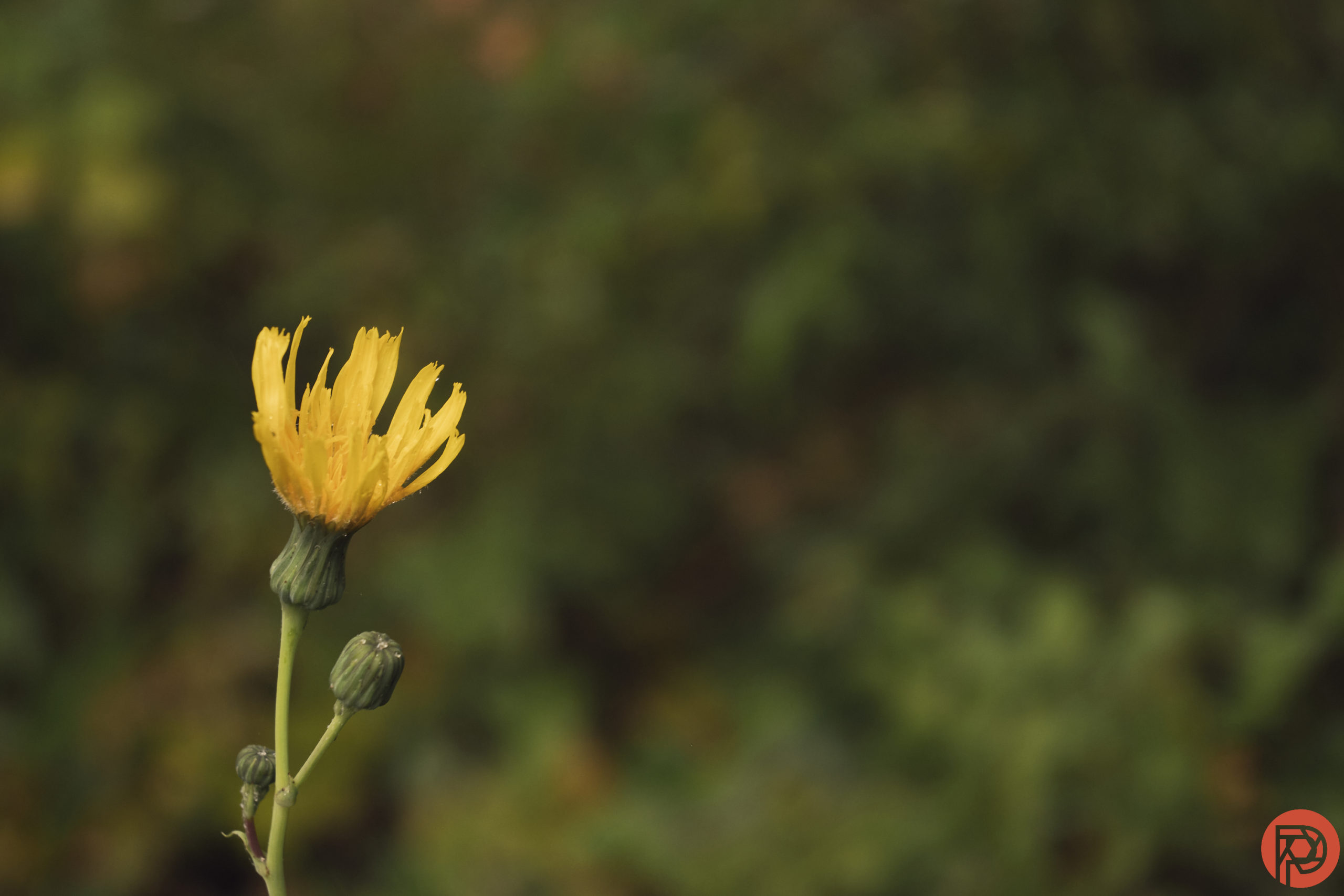
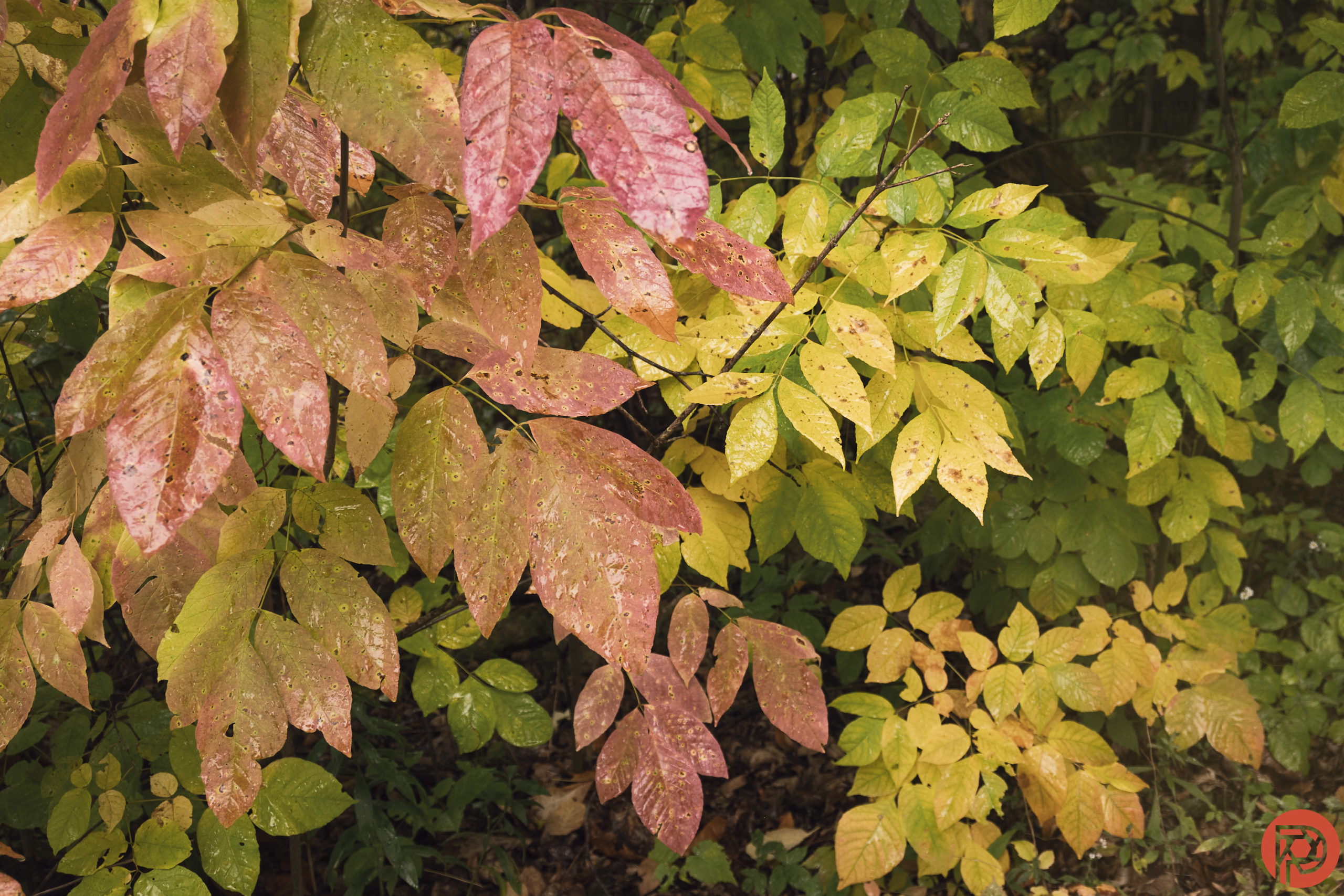

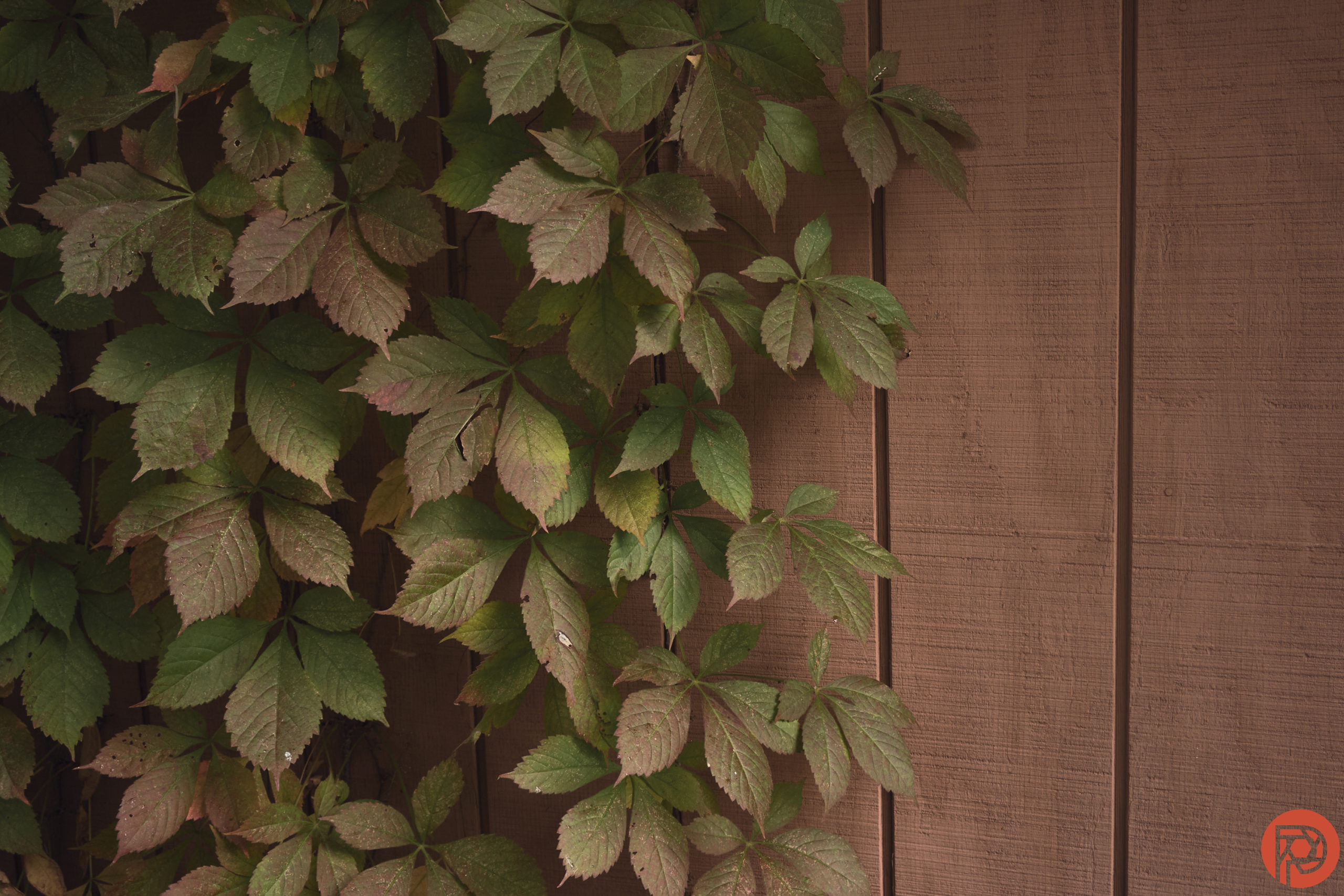
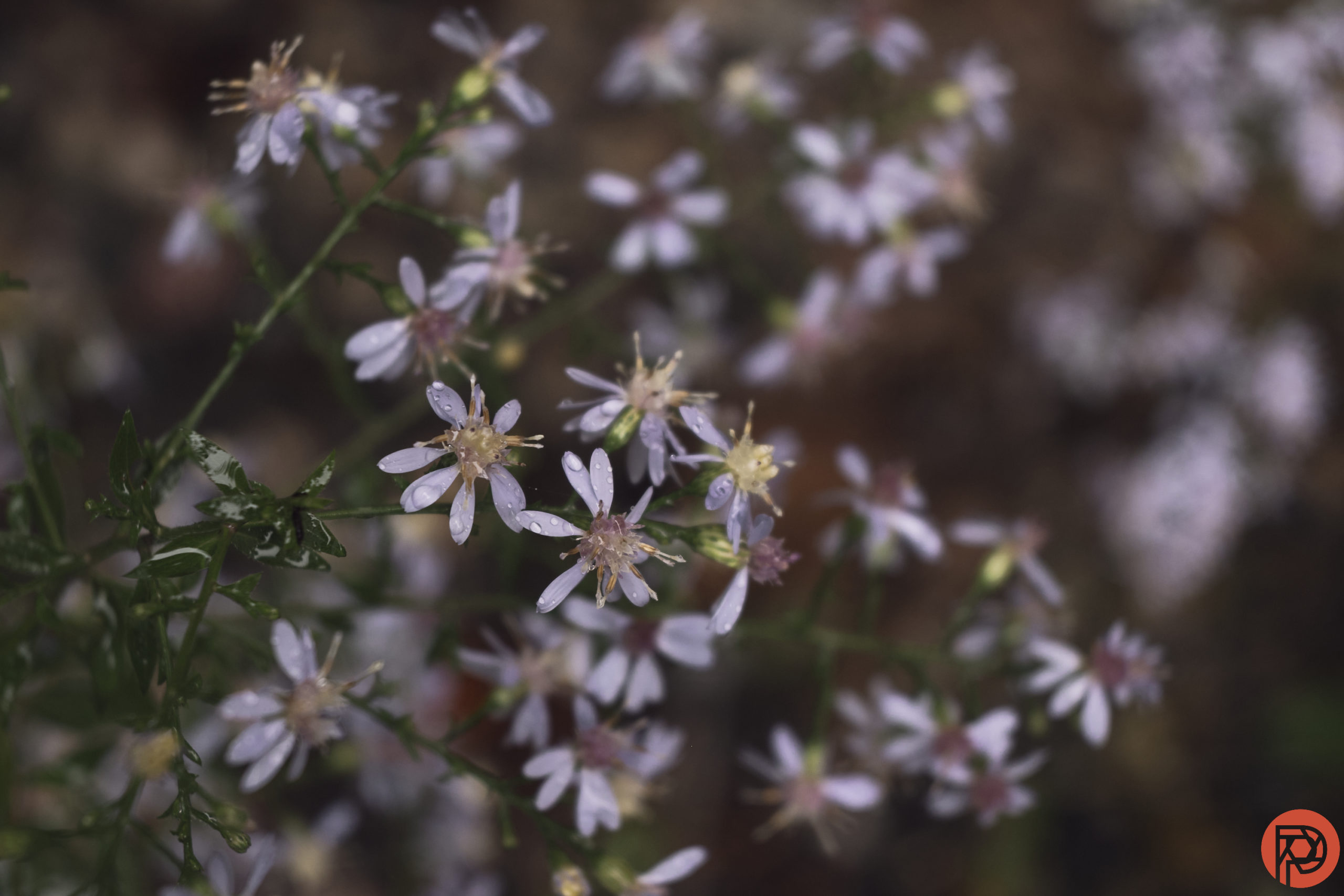
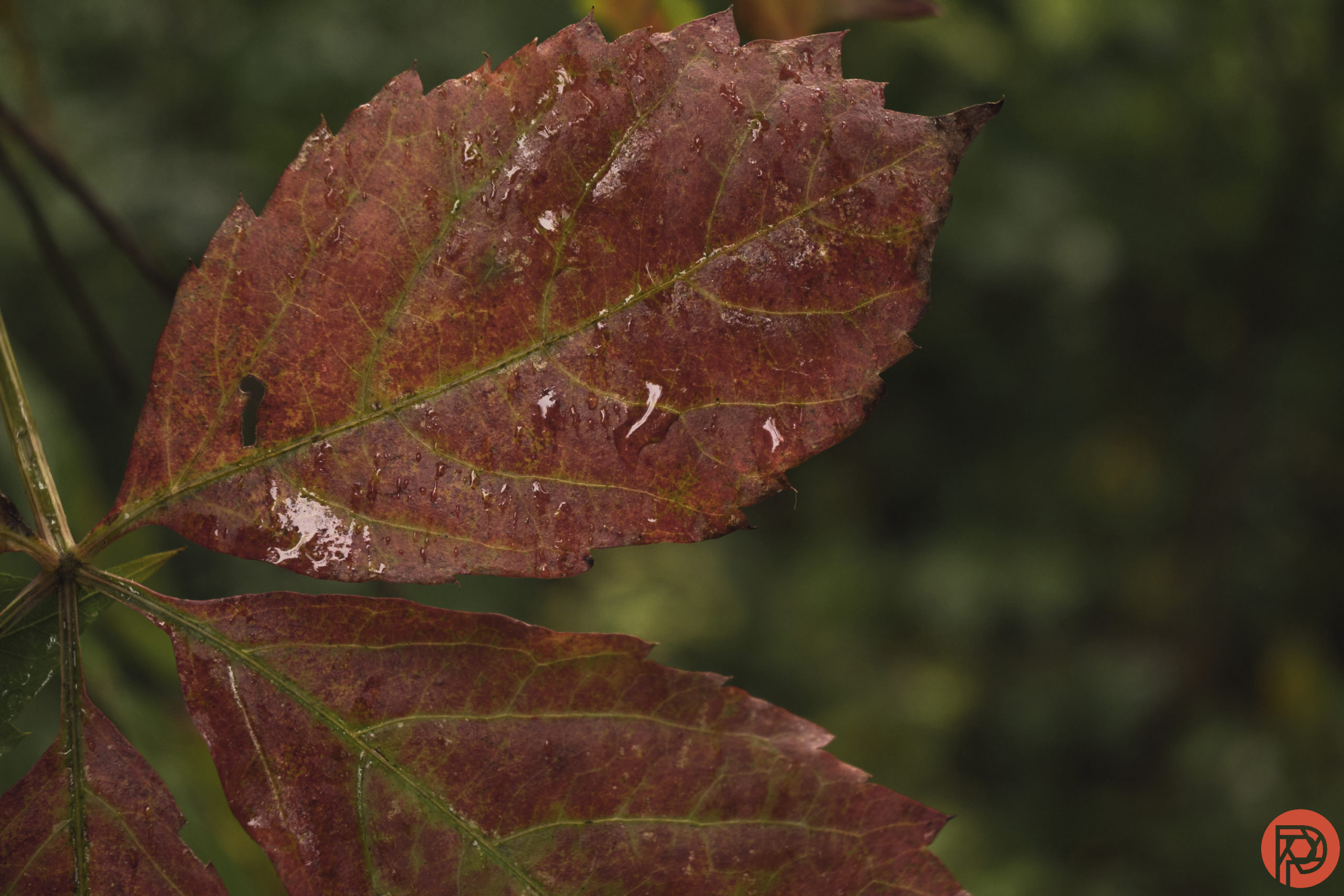
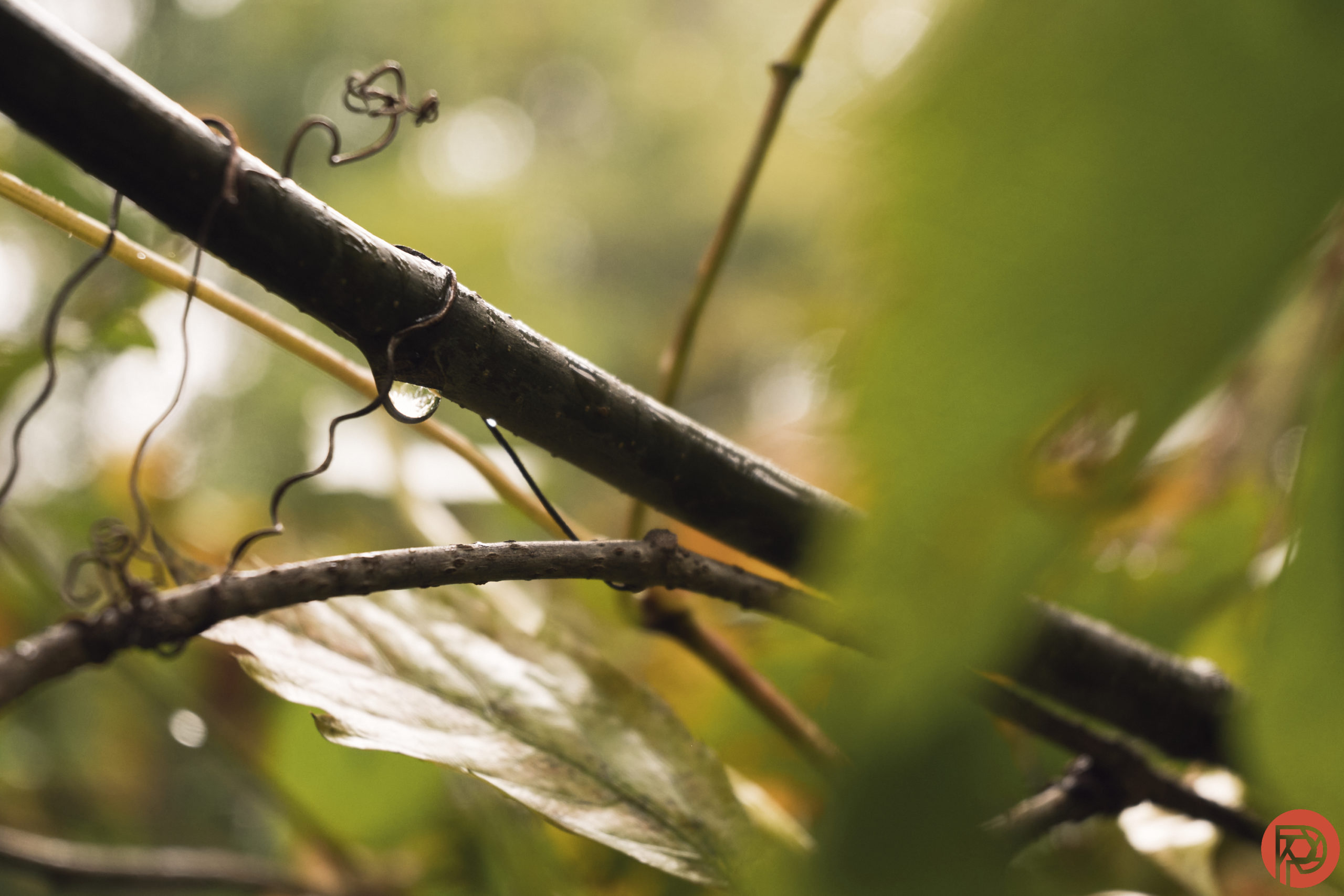
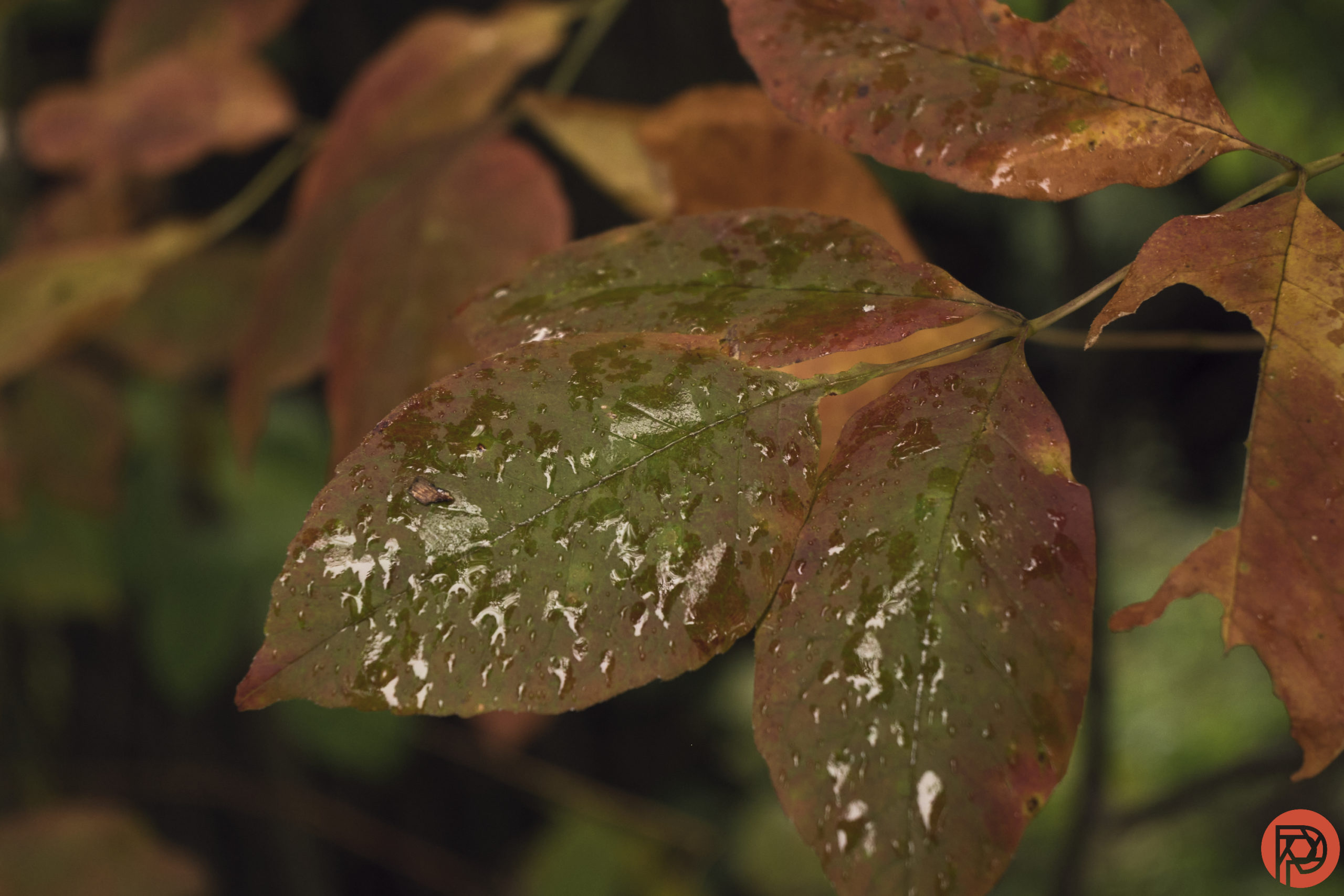
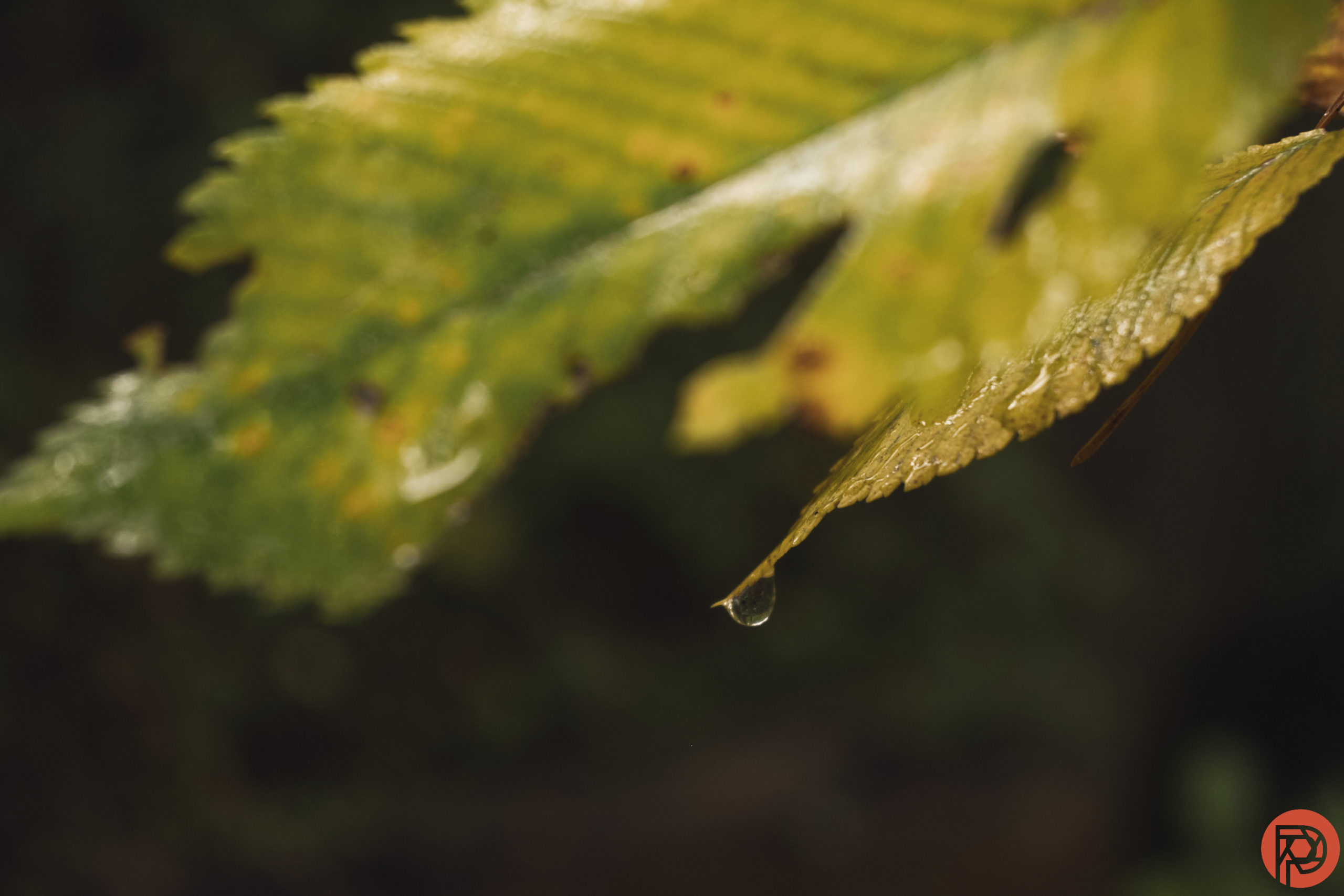
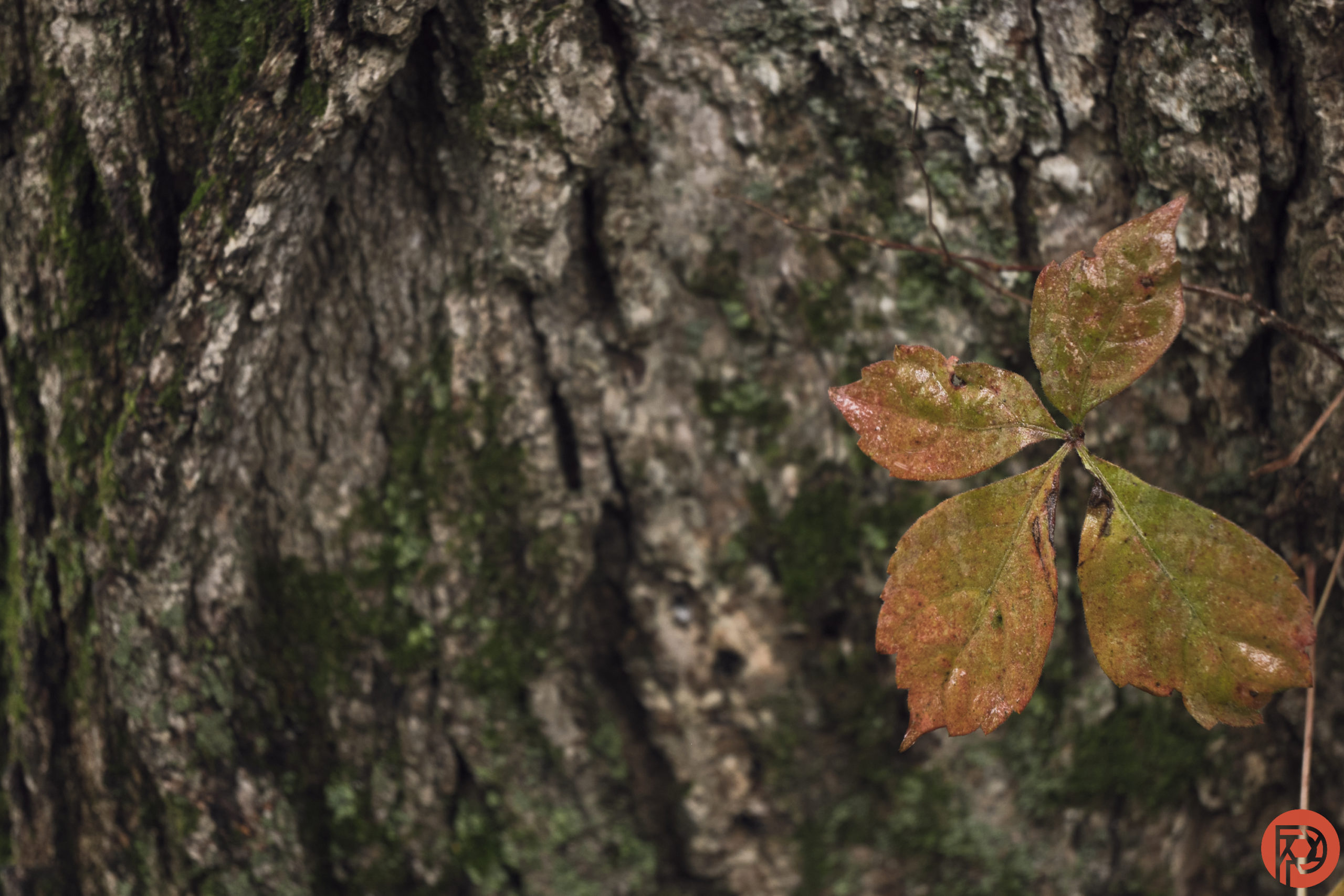
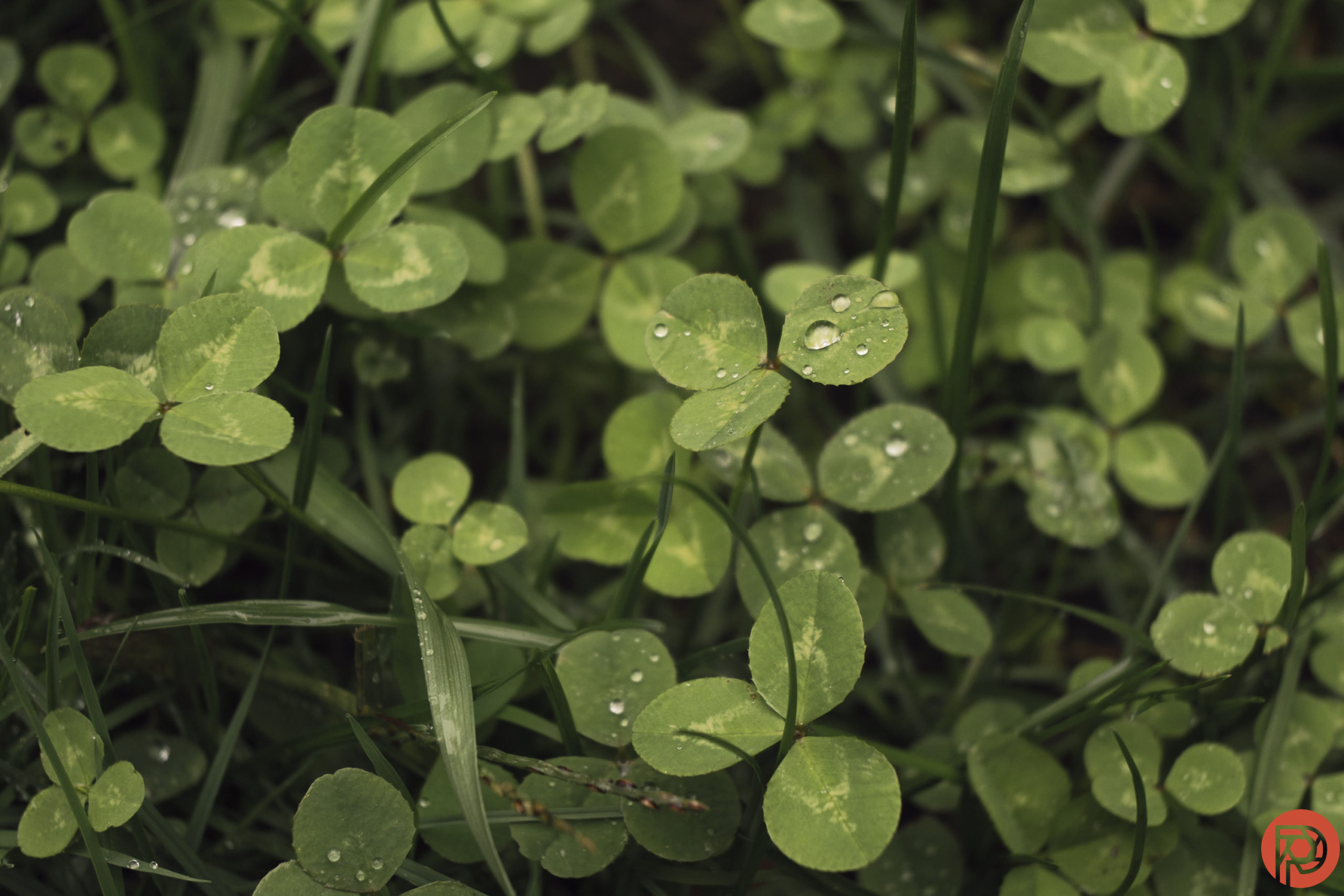
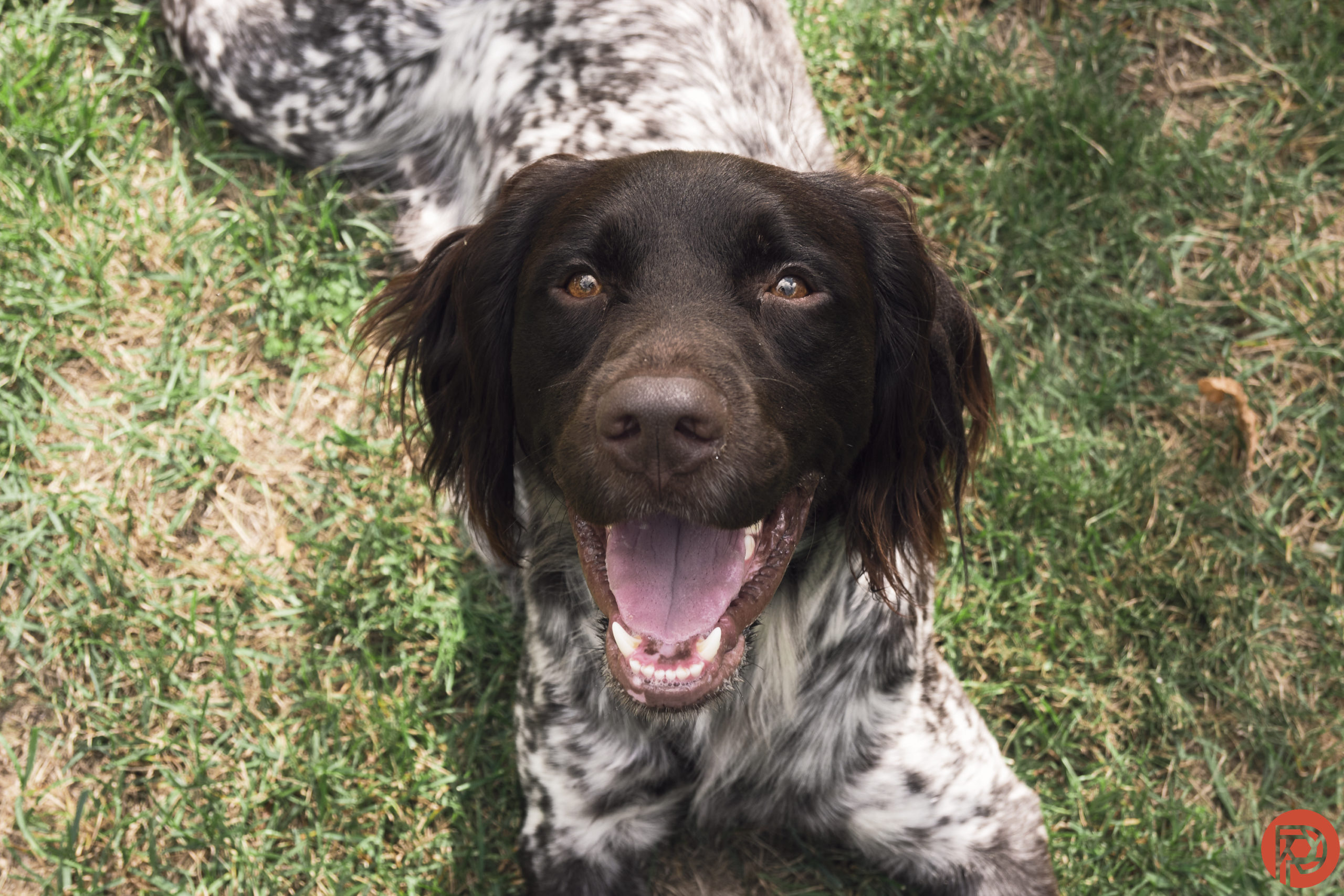
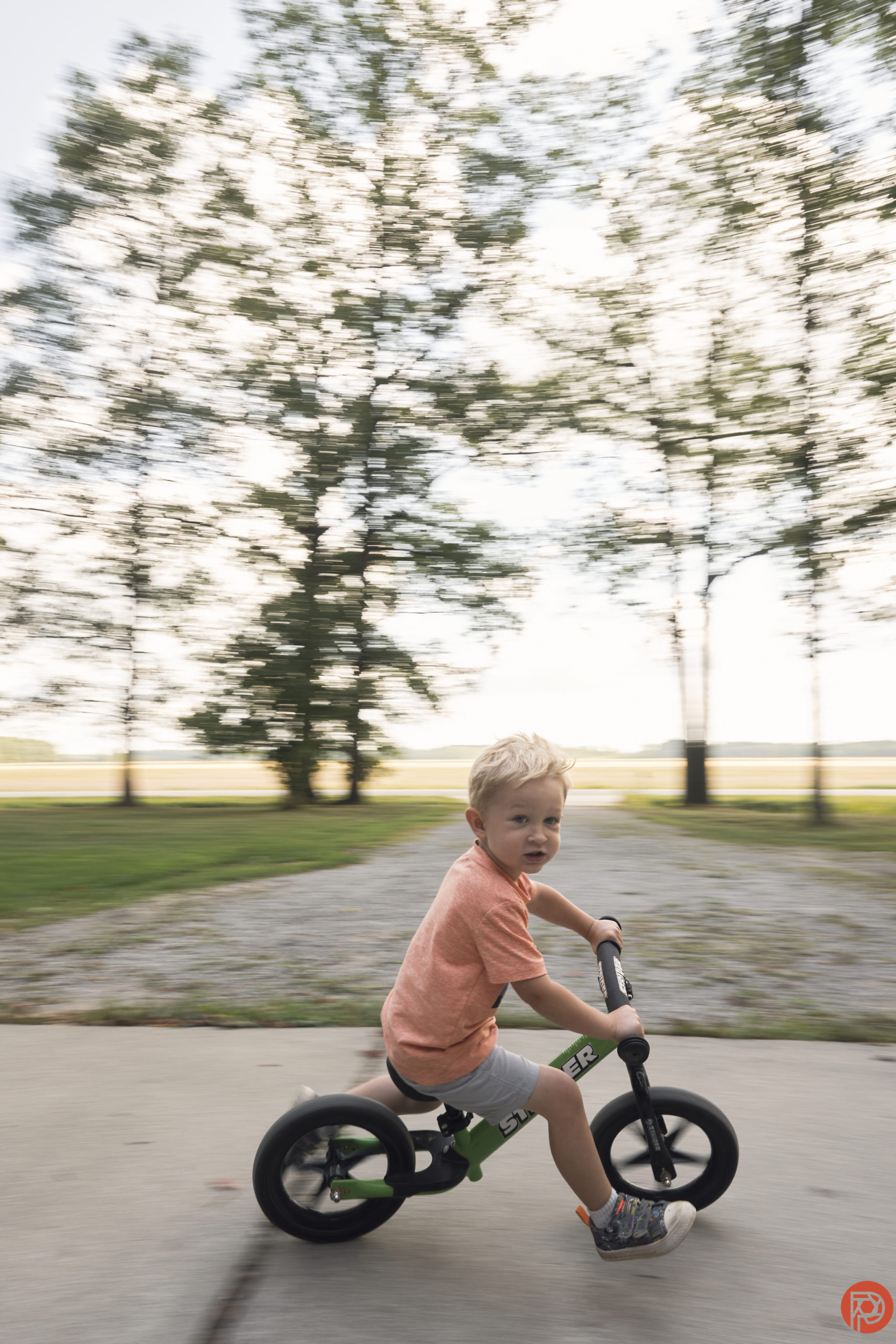
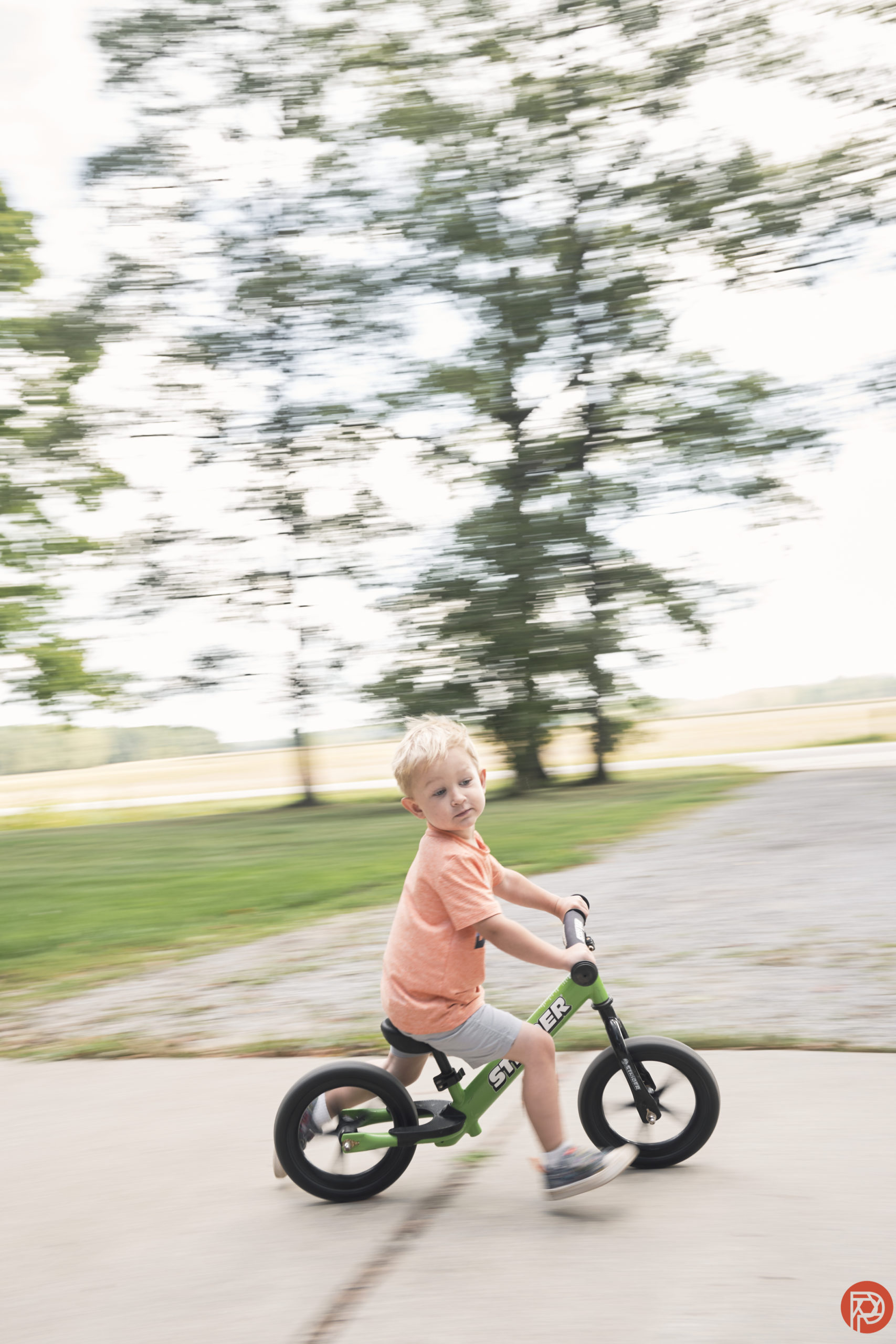
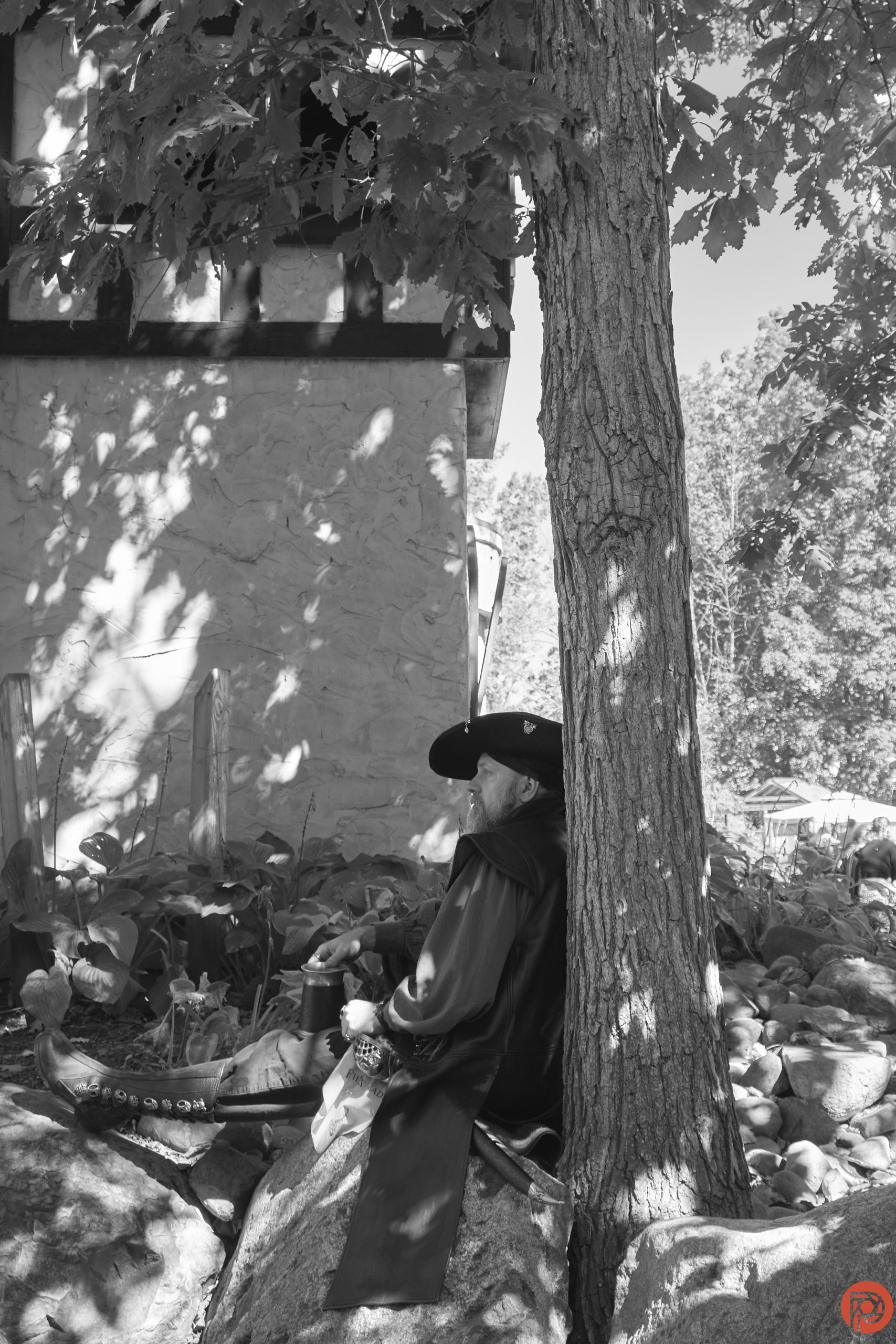
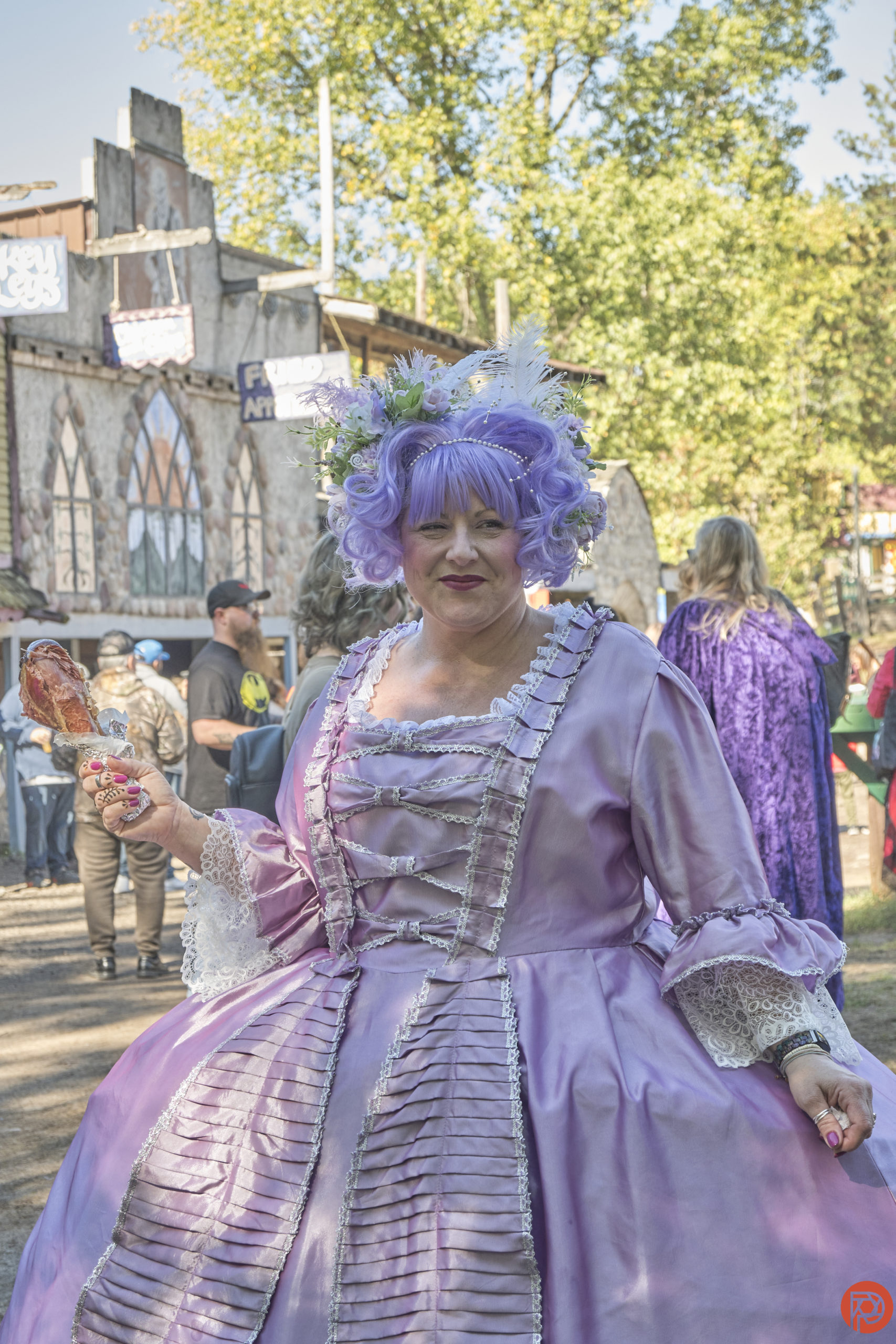
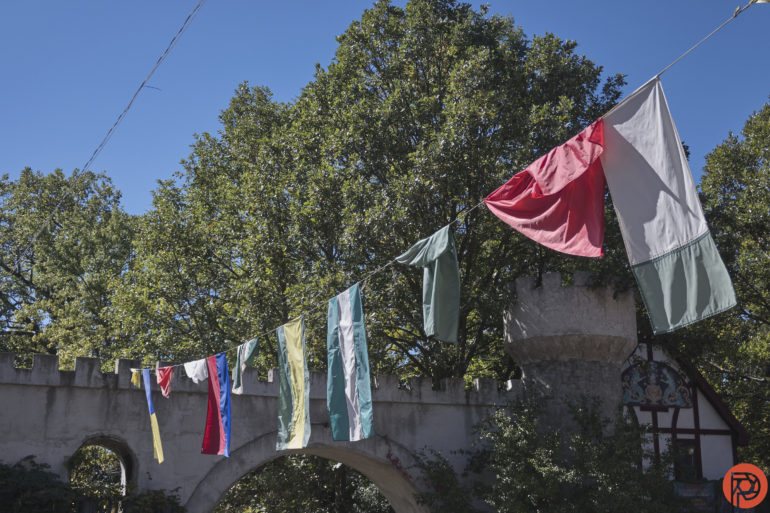
Who Should Buy It?
The Nikon Z30 is a solid camera for beginners, travelers, and vloggers who want to travel light. With its price and video features, I can also see some Nikon shooters picking the Z30 up to shoot behind-the-scenes videos of their work, or just for packing light. The kit lens provides a feeling of an oversized point-and-shoot, not a mirrorless camera. While compact, the ergonomics and large grip make it comfortable to shoot with, and images are impressive from a camera of this size and price point. The controls and menu system are also simple to use. And it even has some weather sealing at this price point.
However, budget-conscious photographers should also consider the Sony a6100. The Sony does a bit better focusing on fast action, has a longer battery life, and still incorporates a viewfinder into its small body. I prefer the Z30’s controls, sturdier build, and simpler menu system — plus, the high ISO images in low light are great. The a6100 tended to get dust on the sensor pretty easily, and the menus can be confusing. In that regard, the Nikon Z30 is the better choice. But if I wanted a cheap camera to photograph my kids’ soccer games or other fast action, I’d opt for the a6100 instead. Another option that’s a bit pricier but keeps the viewfinder is the Nikon Z50, though the Z 30 can record videos longer than 30 minutes. With the viewfinder, the Z50 will feel more comfortable for those coming from DSLRs like the D5600.
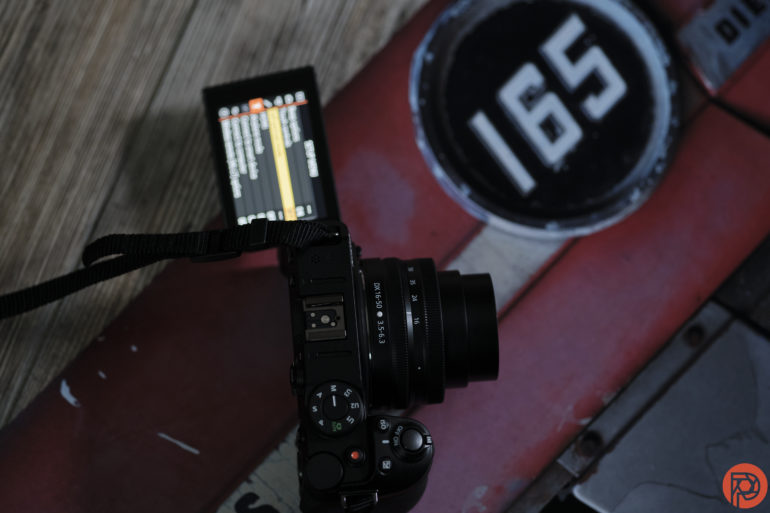
Nikon Z30 Tech Specs
Nikon USA lists the following specifications for the Z30:
- Type
- Digital camera with support for interchangeable lenses
- Lens Mount: Nikon Z mount
- Image Sensor
- Effective Pixels: 20.9 million
- Sensor Size: 23.5 mm x 15.7 mm
- Image Sensor Format: DX
- Image Sensor Type: CMOS sensor
- Total Pixels: 21.51 million
- Dust-Reduction System: Image Dust Off reference data (NX Studio software required)
- Image Area (pixels):
- DX-format, (L) 5,568 x 3,712, (M) 4,176 x 2,784, (S) 2,784 x 1,856
- 1:1 (16 x 16): (L) 3,712 x 3,712, (M) 2,784 x 2,784, (S) 1,856 x 1,856, 16:9 (36 x 20), (L) 5,568 x 3,128, (M) 4,176 x 2,344, (S) 2,784 x 1,560
- Photographs taken during movie recording at a frame size of 3,840 x 2,160:
- 3,840 x 2,160 Photographs taken during movie recording at other frame sizes: 1,920 x 1,080:1,920 x 1,080
- File System
- File Format Still Images: NEF (RAW): 12 or 14 bit
- JPEG: JPEG-Baseline compliant with fine (approx. 1:4), normal (approx. 1:8), or basic (approx. 1:16) compression
- NEF (RAW) + JPEG: Single photograph recorded in both NEF (RAW) and JPEG formats
- Storage Media: SD (Secure Digital) and UHS-I compliant SDHC and SDXC memory cards
- File System: DCF 2.0, Exif 2.31
- Viewfinder: None
- Shutter
- Shutter Type: Electronically-controlled vertical-travel focal-plane mechanical shutter; electronic front-curtain shutter; electronic shutter
- Shutter Speed: 1/4000 – 30 sec. (step of 1/3 EV), bulb, time
- Flash Sync Speed: Up to: X=1/200 sec.; synchronizes with shutter at 1/200 sec. or slower; Auto FP High-Speed sync supported
- Top Continuous Shooting Speed at Full Resolution: 11 frames per second
- Top Continuous Shooting Speeds: 11 frames per second
- Exposure
- Exposure Metering System: TTL metering using camera image sensor
- Metering Range: Spot metering: -4 to +17 EV
- Exposure Compensation: –5 – +5 EV, Increment of 1/3 EV
- Exposure Lock: Luminosity locked at detected value
- Picture Control: Auto, Flat, Landscape, Monochrome, Neutral, Portrait, Standard, Vivid
- Creative Picture Controls: (Dream, Morning, Pop, Sunday, Somber, Dramatic, Silence, Bleached, Melancholic, Pure, Denim, Toy, Sepia, Blue, Red, Pink, Charcoal, Graphite, Binary, Carbon). Selected Picture Control can be modified. Storage for custom Picture Controls
- Multiple Exposure: Yes; Add; Average; Lighten; Darken
- Sensitivity
- ISO Sensitivity ISO 100 – 51,200 in steps of 1/3 EV
- Can also be set to approx. 1 EV above ISO 51200 (ISO 102400 equivalent) or to approx. 2 EV above ISO 51200 (ISO 204800 equivalent)
- Auto ISO sensitivity control available
- Active D-Lighting
Can be selected from: Auto, Extra High, High, Normal, Low, Off - Active D-Lighting Bracketing: Yes
- Focus/Autofocus
- Autofocus System: Hybrid phase-detection/contrast AF
- Detection Range: -4.5 to +19 EV (without low-light AF: -3 to +19 EV)
- Measured in photo mode at ISO 100 and a temperature of 20 °C/68 °F using single-servo AF (AF-S) and a lens with a maximum aperture of f/1.8
- Lens Servo: Autofocus (AF): Single-servo AF (AF-S); continuous-servo AF (AF-C); AF mode auto-switch (AF-A; available only in photo mode); full-time AF (AF-F; available only in movie mode); predictive focus tracking
- Manual focus (M): Electronic rangefinder can be used
- Focus Point: 209 (single-point AF)
- Number of focus points available in photo mode with single-point AF selected for AF-area mode and DX selected for image area
- AF-Area Mode: Pinpoint, Single-Point, Dynamic-area AF, Wide-area AF (S), Wide-area AF (L), Wide-area AF (L-people), Wide-area AF (L-animals), Auto-area AF, Auto-area AF (people), Auto-area AF (animals)
- Focus Lock: Yes
- Flash
- Flash Control: TTL: i-TTL flash control; i-TTL balanced fill-flash is used with matrix, center-weighted, and highlight-weighted metering, standard i-TTL fill-flash with spot metering
- Flash Sync Modes: Front-curtain sync, Rear-curtain sync, Red-eye reduction, Red-eye reduction with slow sync, Slow sync, Off
- Flash-ready Indicator
Lights when optional flash unit is fully charged; flashes as underexposure warning after flash is fired at full output
- Accessory Shoe: ISO 518 hot-shoe with sync and data contacts and safety lock
- Nikon Creative Lighting System (CLS): i-TTL flash control, optical Advanced Wireless Lighting, FV lock, Color Information Communication, Auto FP High-Speed Sync
- White Balance
- White Balance: Auto (3 types), Choose color temperature (2,500 K–10,000 K), Cloudy, Direct sunlight, Flash, Fluorescent (3 types), Incandescent, Natural light auto, Preset manual (up to 6 values can be stored), all except choose color temperature with fine-tuning, Shade
- White Balance Bracketing: Yes
- Movie
- Movie Metering : TTL exposure metering using main image sensor
- Movie Maximum Recording Time: Up to 125 minutes
- Movie File Format: MOV, MP4
- Movie Video Compression: H.264/MPEG-4 Advanced Video Coding
- Movie Audio Recording Format: Linear PCM, AAC
- Movie: 4K UHD 3,840 × 2,160 /30p/25p/24p
- Full HD 1,920 x 1,080 /120p/100p/60p/50p/30p/25p/24p
- Actual frame rates for 120p, 100p, 60p, 50p, 30p, 25p, and 24p are 119.88, 100, 59.94, 50, 29.97, 25, and 23.976 fps respectively
- Quality selection (normal/m) available at all sizes except 3840 × 2160, 1920 × 1080 120p/100p, and 1920 × 1080 slow-motion, when quality is fixed at m
- Movie Audio: Built-in stereo or external microphone with attenuator option; sensitivity can be adjusted
- Movie ISO: Auto ISO sensitivity control (ISO 100 to 25,600); M: Manual selection (ISO 100 to 25,600 in steps of 1/3 or 1/2 EV); auto ISO sensitivity control (ISO 100 to 25,600) available with selectable upper limit, Auto ISO sensitivity control (ISO 100–25600)
- Movie Active D-Lighting Can be selected from: Auto, Extra High, High, Normal, Low, Off
- Time Code: Yes
- Movie e-VR: Yes
- Movie HDMI Output: Yes
- Movie Focus Peaking: Yes
- Movie Highlight Display (Zebras): Yes
- Time-Lapse Movie: Yes
- AF for Movie: Yes
- Monitor
- Monitor Size: 3.0 in. diagonal
- Monitor Resolution: 1040 k dots
- Monitor Type: Vari-angle TFT touch-sensitive LCD with 170° viewing angle, approximately 100% frame coverage
- Color balance and 11-level manual brightness controls
- Playback: Playback Functions, Full-frame and thumbnail (4, 9, or 72 images or calendar), Highlights, Histogram Display, Location Data Display, Movie Playback, Photo and/or Movie Slide Shows
- Photo Information, Picture Rating, Playback with Playback Zoom, Playback Zoom Cropping, Photo and/or video slide shows
- Interface
- Interface USB: Type C USB connector (SuperSpeed USB); connection to built-in USB port is recommended
- Type D HDMI connector; Stereo mini-pin jack (3.5 mm diameter; plug-in power supported)
- Wi-Fi Functionality
- Standards: IEEE 802.11b/g/n (Africa, Asia, Bolivia, and Oceania)
- Standards: IEEE 802.11b/g/n/a/ac (Europe, U.S.A., Canada, Mexico)
- Standards: IEEE 802.11b/g/n/a (other countries in the Americas)
- Operating frequency: 2412–2462 MHz (channel 11; Africa, Asia, Bolivia, and Oceania)
- Operating frequency: 2412–2462 MHz (channel 11) and 5180–5805 MHz (other countries in the Americas)
- Operating frequency: 2412–2462 MHz (channel 11) and 5180–5825 MHz (U.S.A., Canada, Mexico)
- Authentication: Open system, WPA2-PSK
- Maximum output power (EIRP):
- 2.4 GHz band: 4.5 dBm
- 5 GHz band: 6.8 dBm (countries in the Americas)
- Smart Device App Connectivity: SnapBridge
- Bluetooth: Communication protocols: Bluetooth Specification
- Version 4.2
- Operating frequency: Bluetooth: 2402–2480 MHz
- Bluetooth Low Energy: 2402–2480 MHz
- Maximum output power (EIRP)
- Bluetooth –1.0 dBm
- Bluetooth Low Energy: –2.5 dBm
- Menus
- Supported Languages: English, French, Portuguese (Brazil), Spanish
- Power
- Battery / Batteries: One EN-EL25 rechargeable Li-ion battery
- Battery Life (shots per charge): 330 shots (CIPA)
- Movies: Approx. 75 min. of movie recording
- AC Adapter: EH-7P charging AC adapter (available separately)
- Battery Charger: MH-32 Battery Charger (available separately)
- Miscellaneous
- Tripod Socket: 1/4 in. (ISO 1222)
- Approx. Dimensions (Width x Height x Depth): 5.1 in. (128 mm) x 2.9 in. (73.5 mm) x 2.4 in. (59.5 mm)
- Approx. Weight: 12.4 oz. (350 g)
- Operating Environment: Temperature 0 °C–40 °C (+32 °F–104 °F)
- Humidity: Less than 85% (no condensation)
The Phoblographer may receive affiliate compensation for products purchased using links in this blog post.


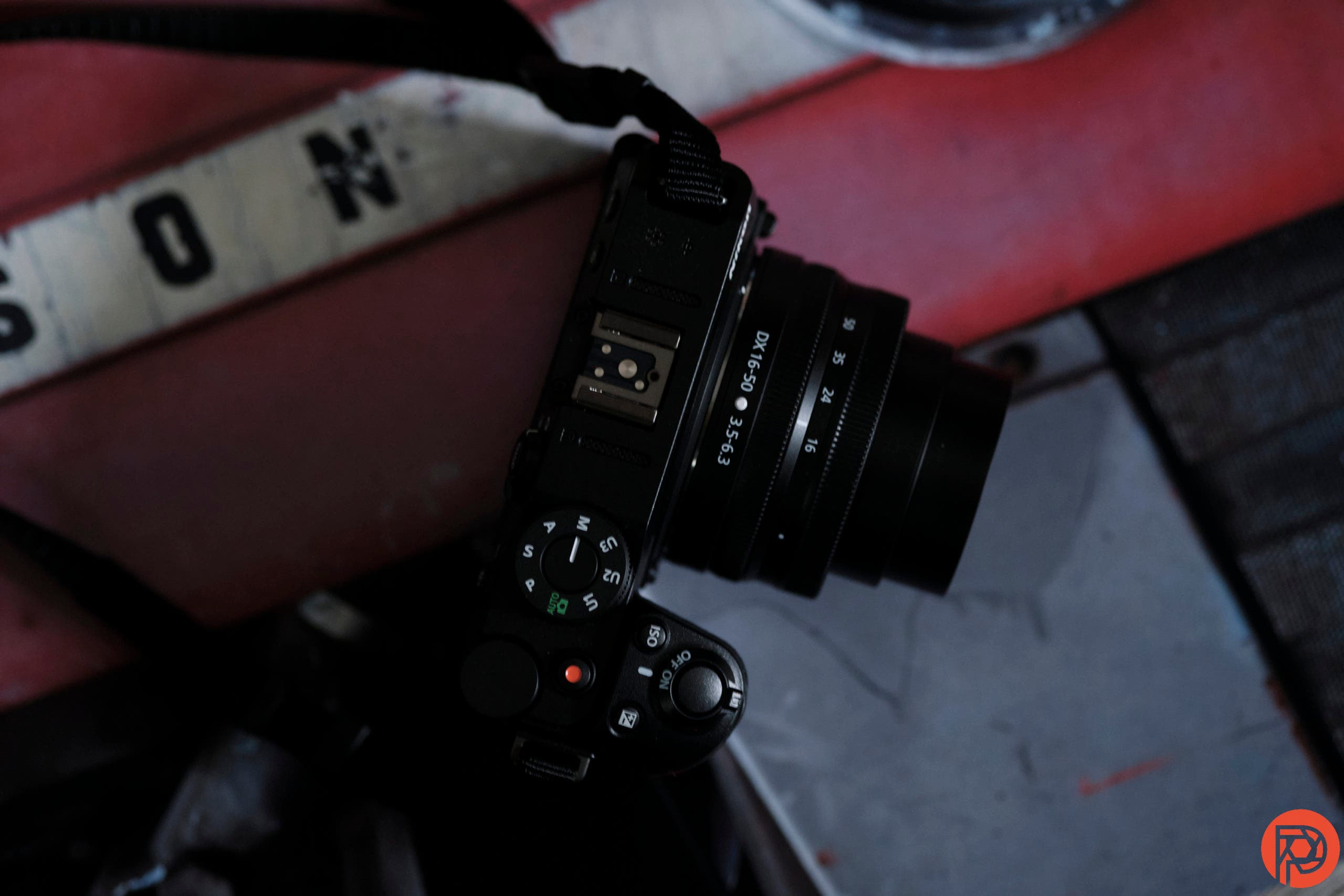
Leave a Reply